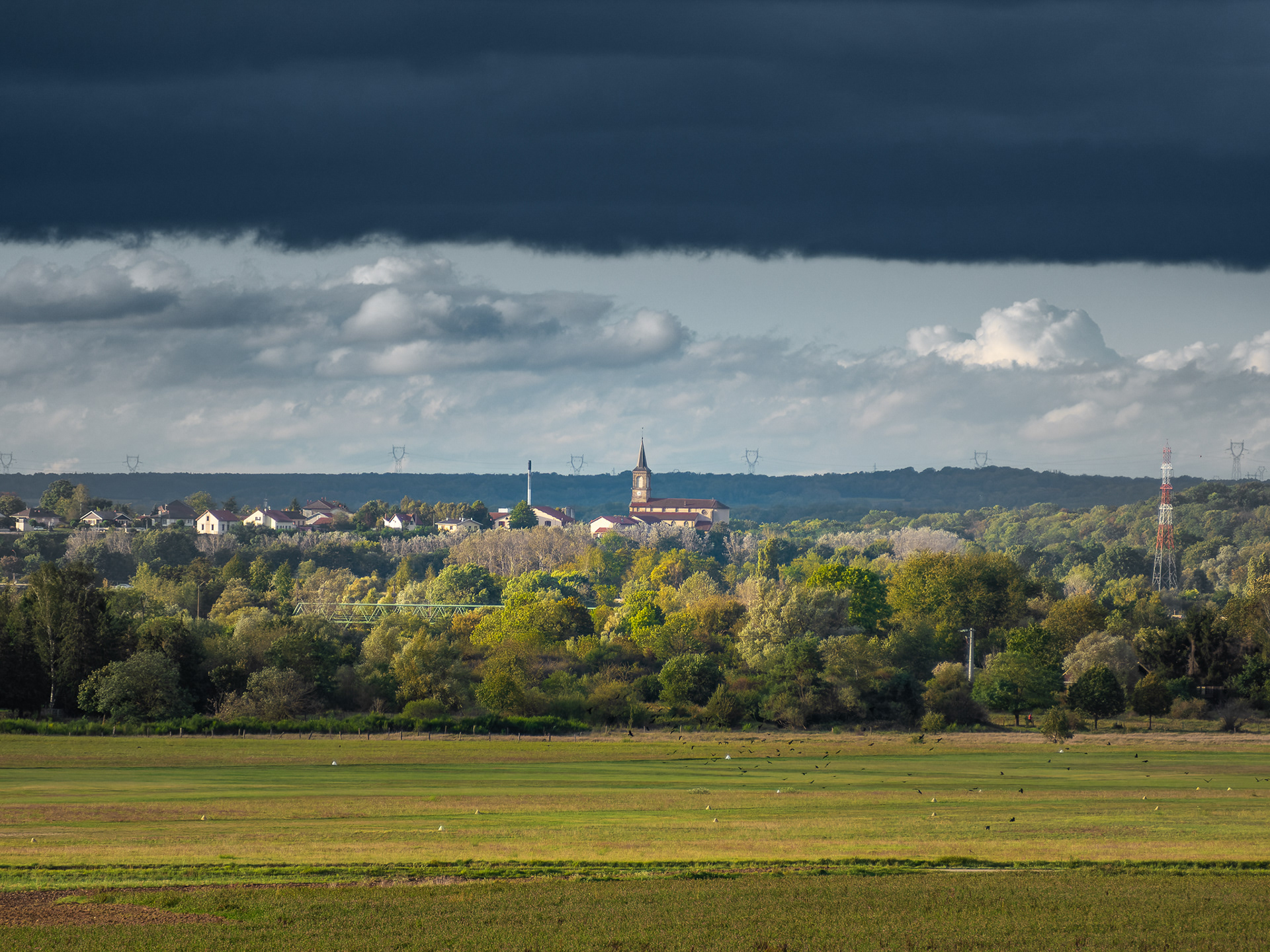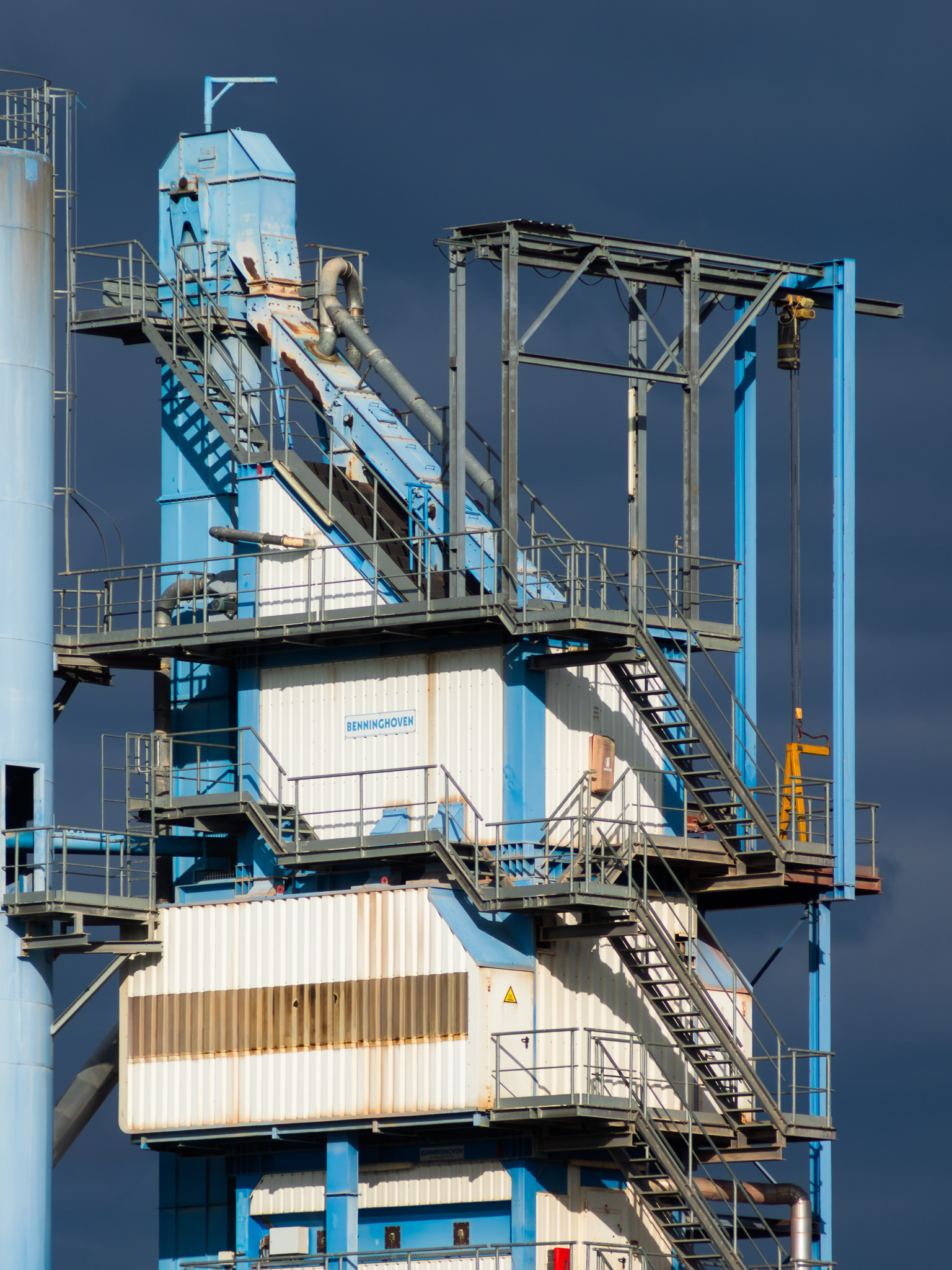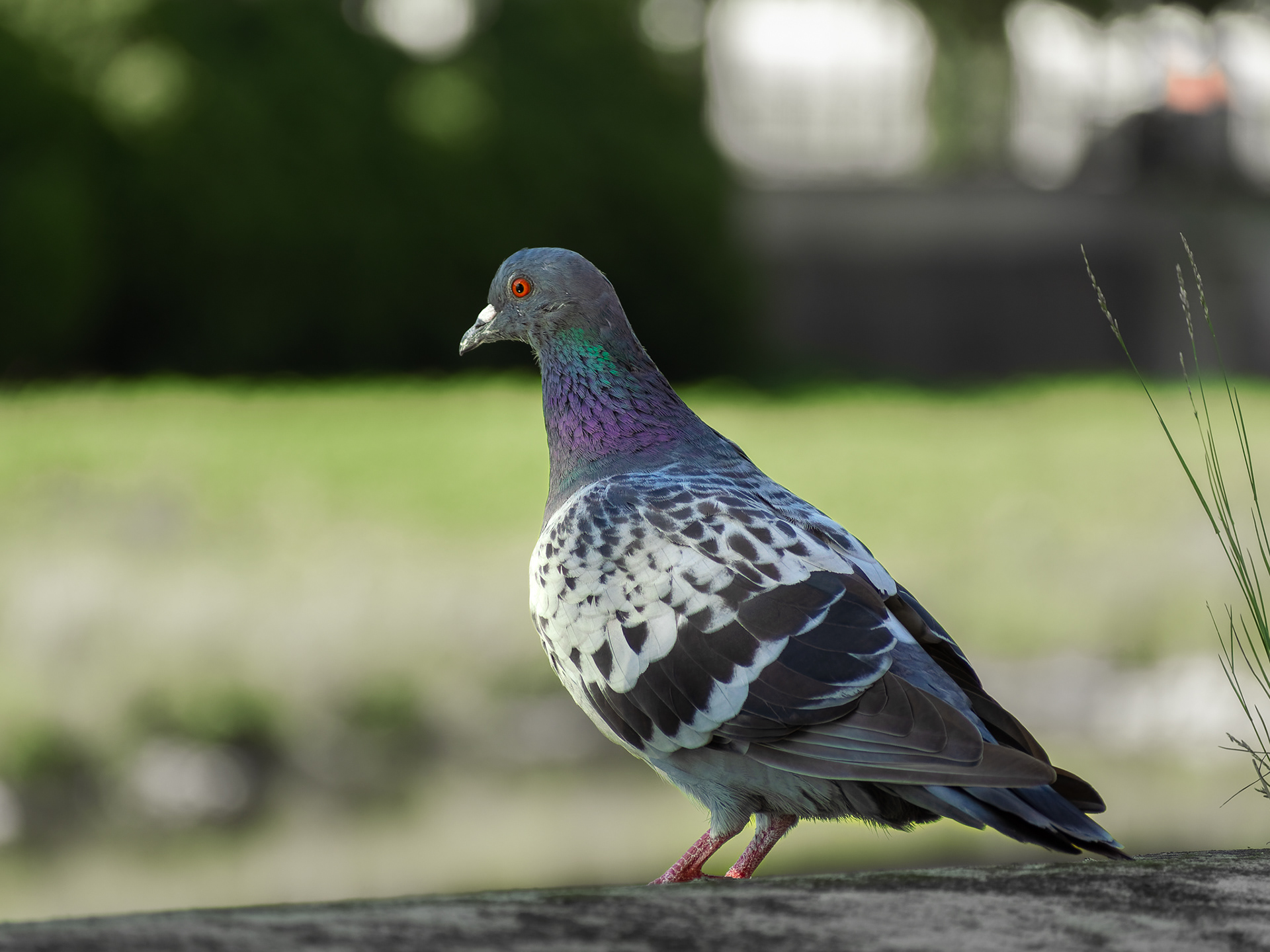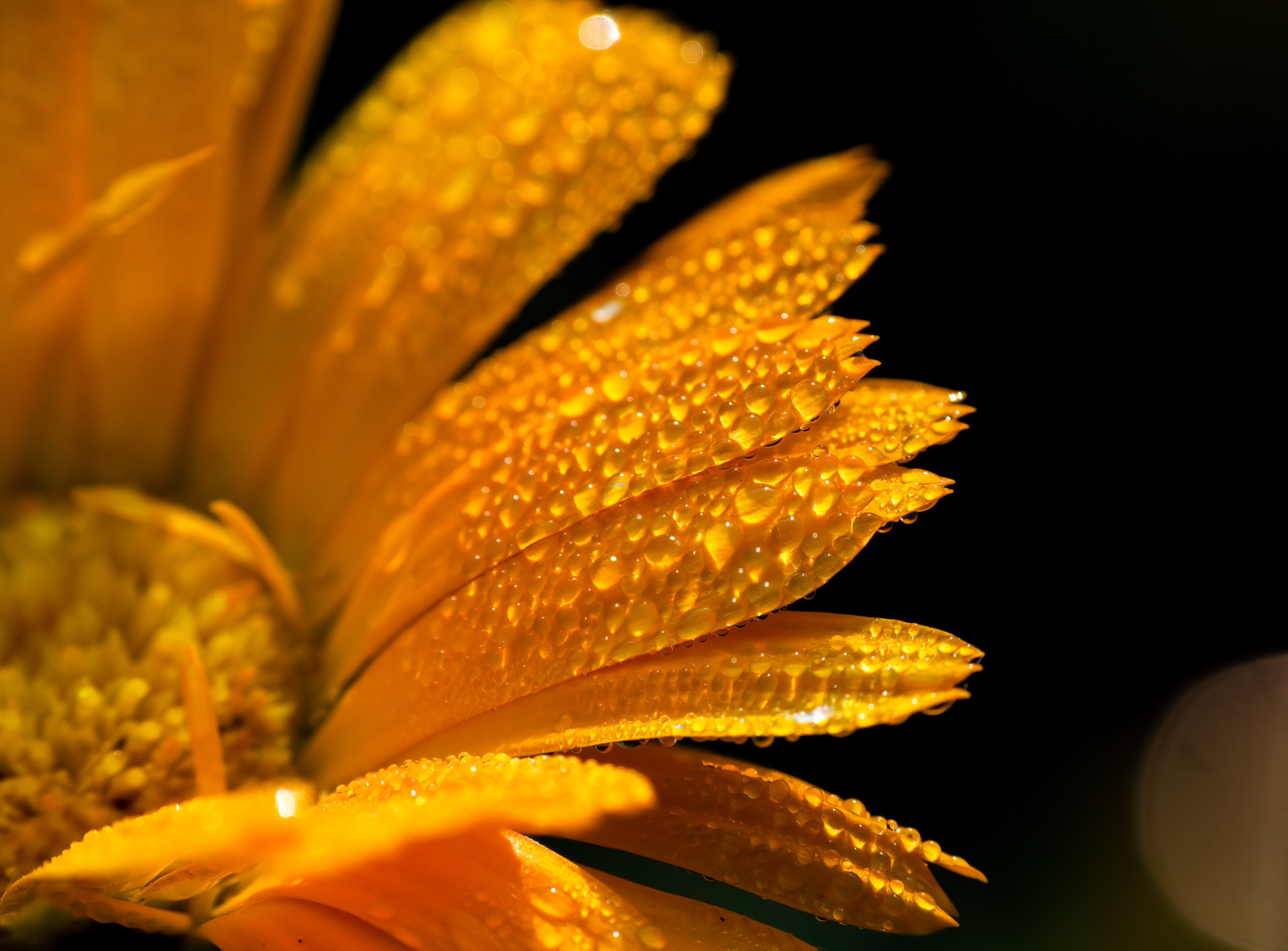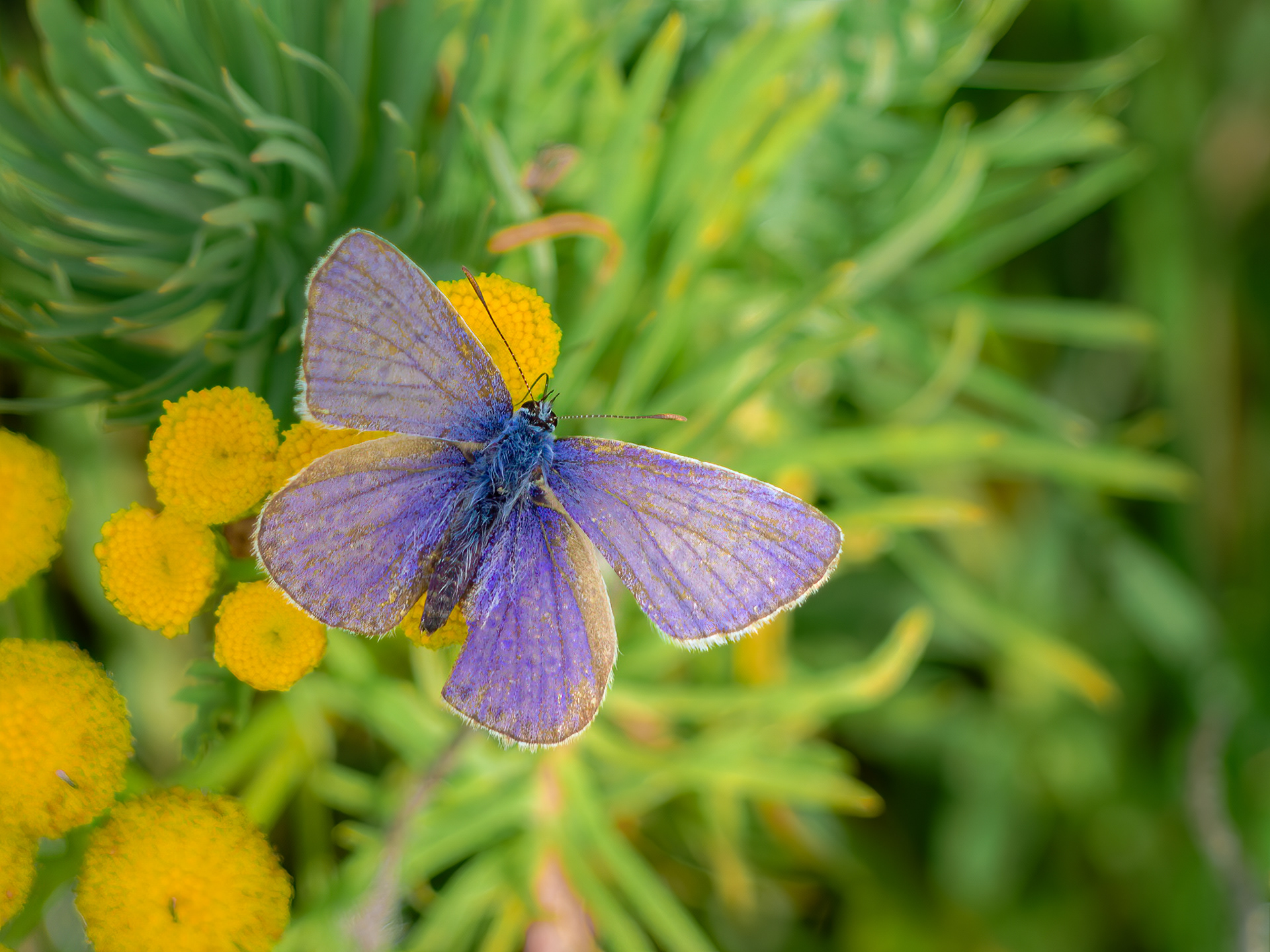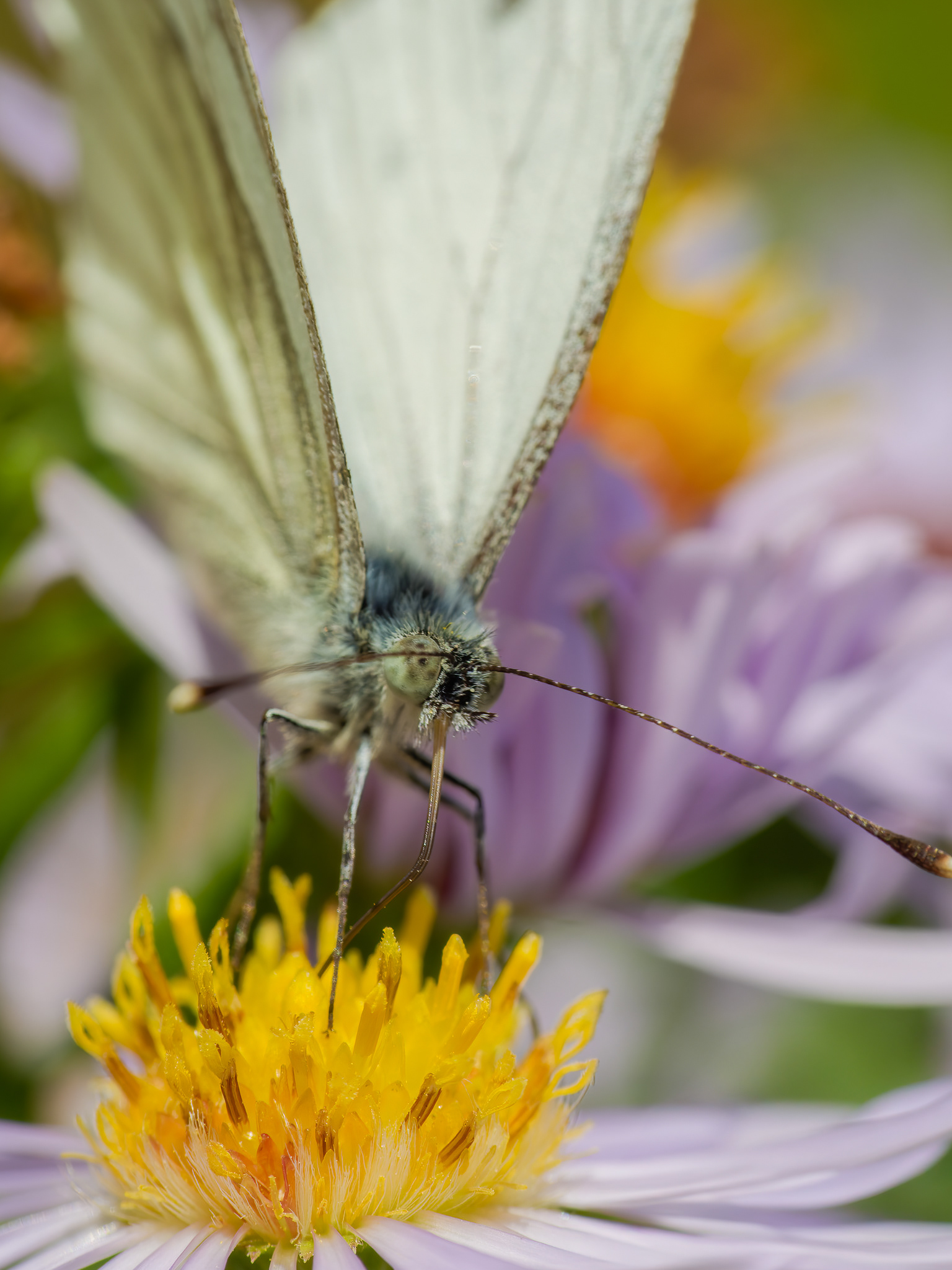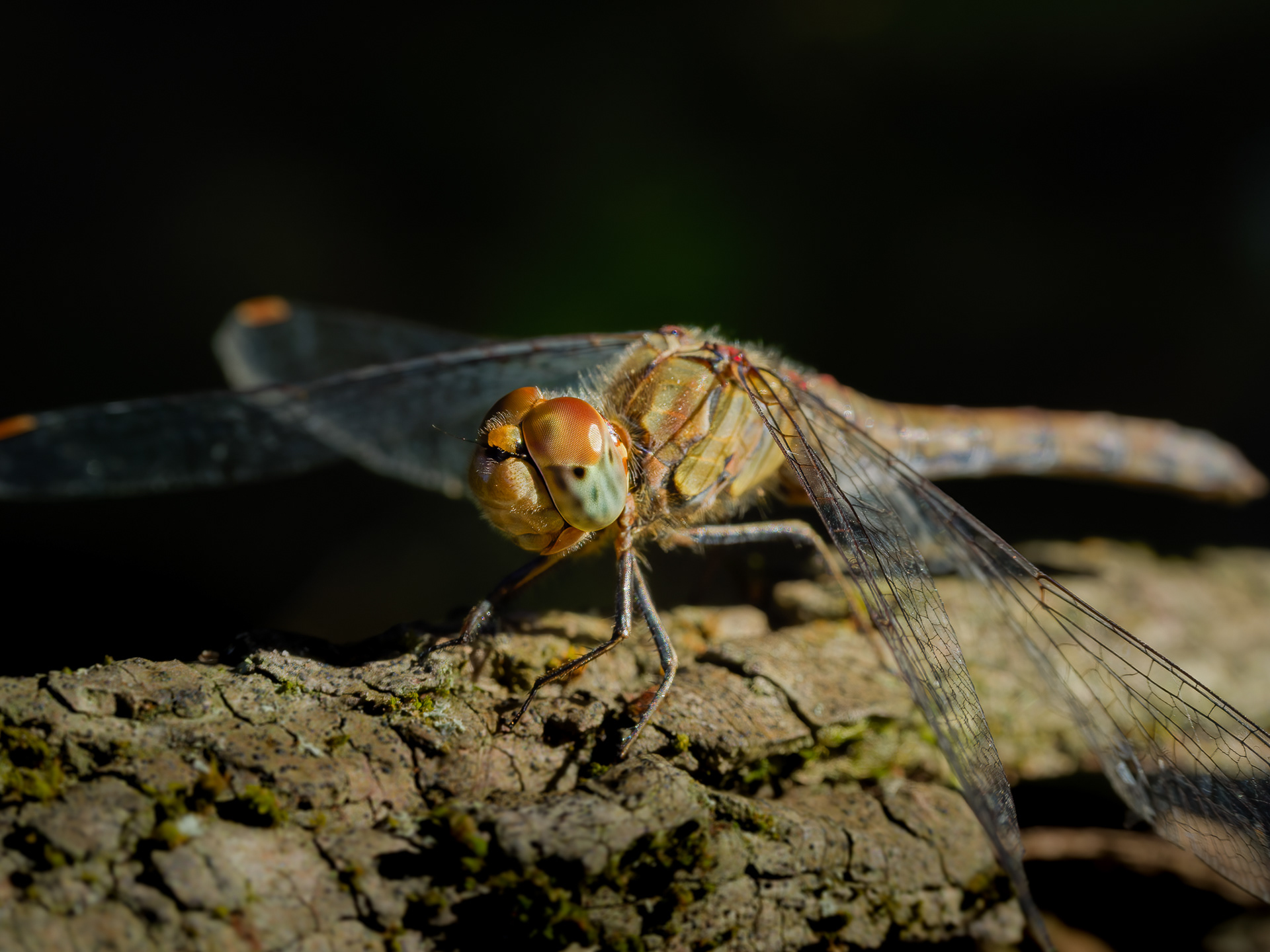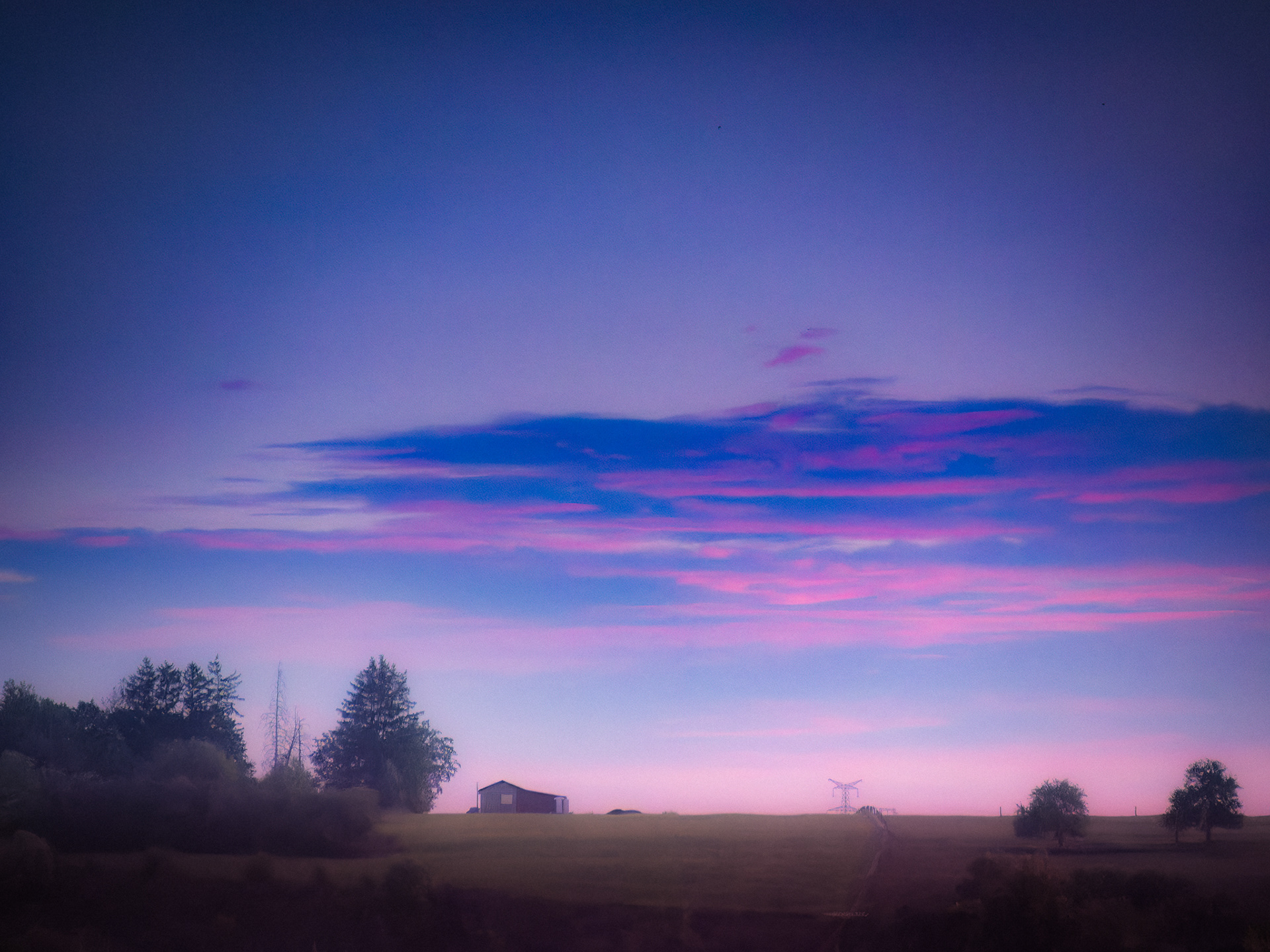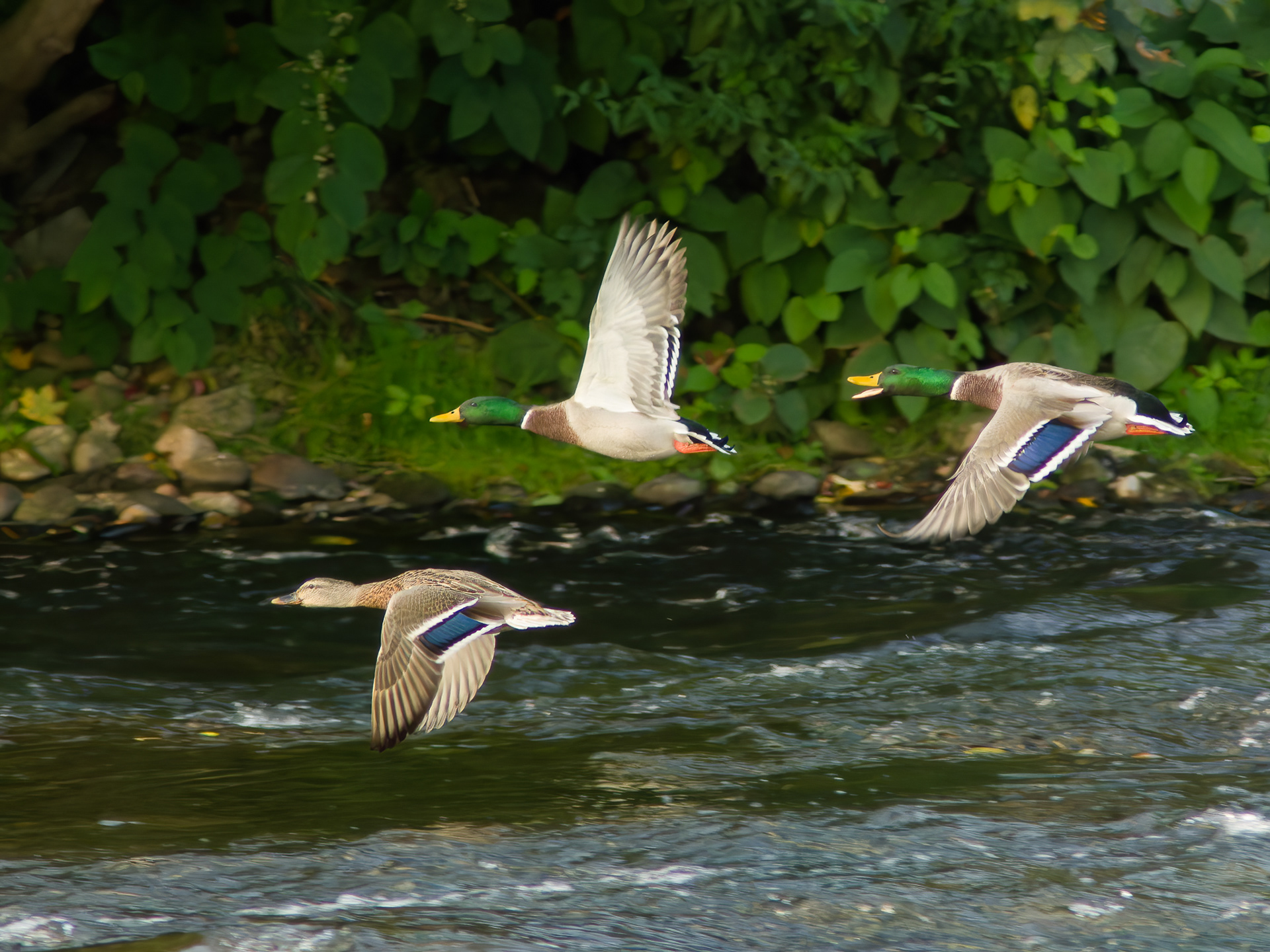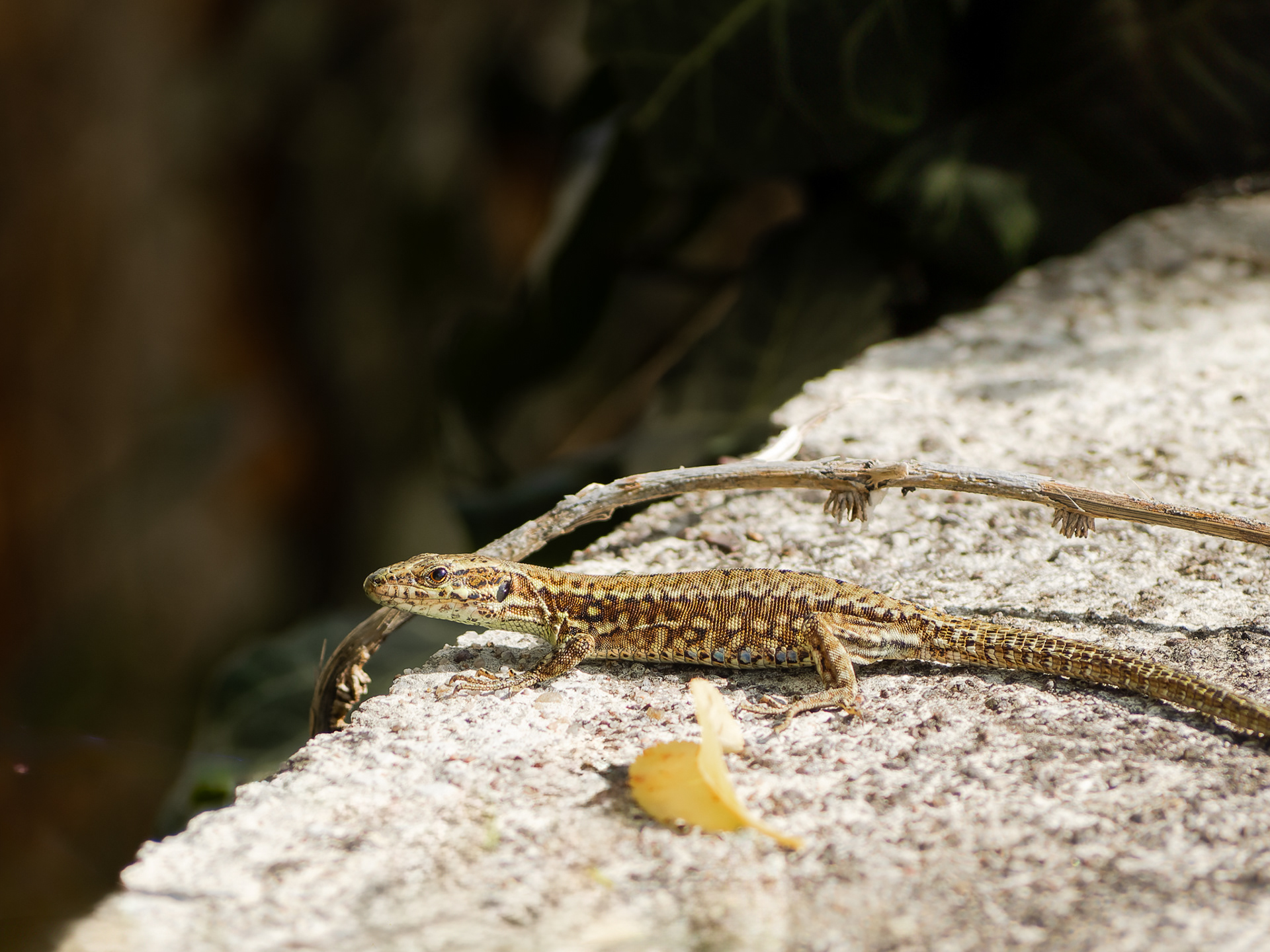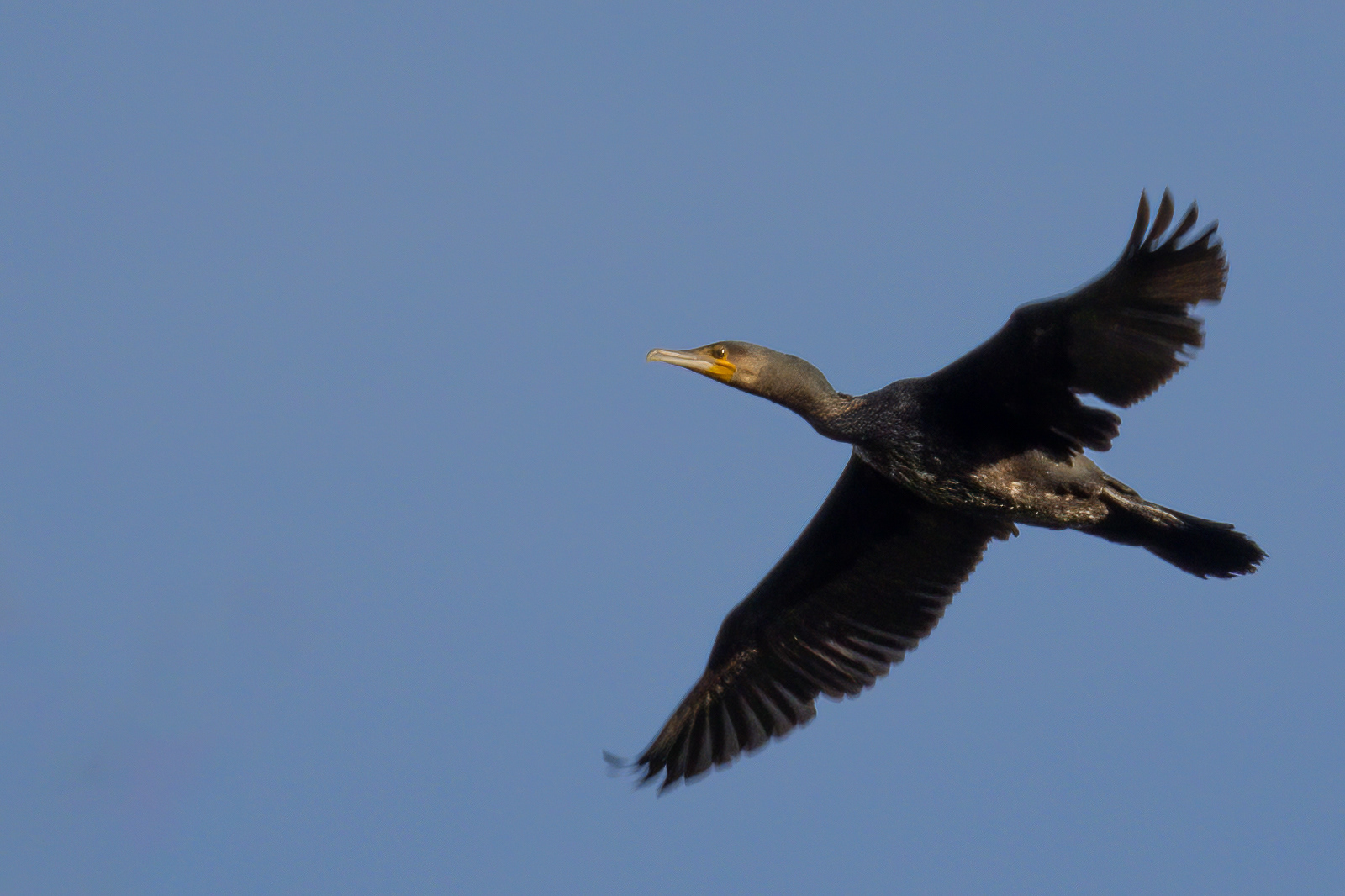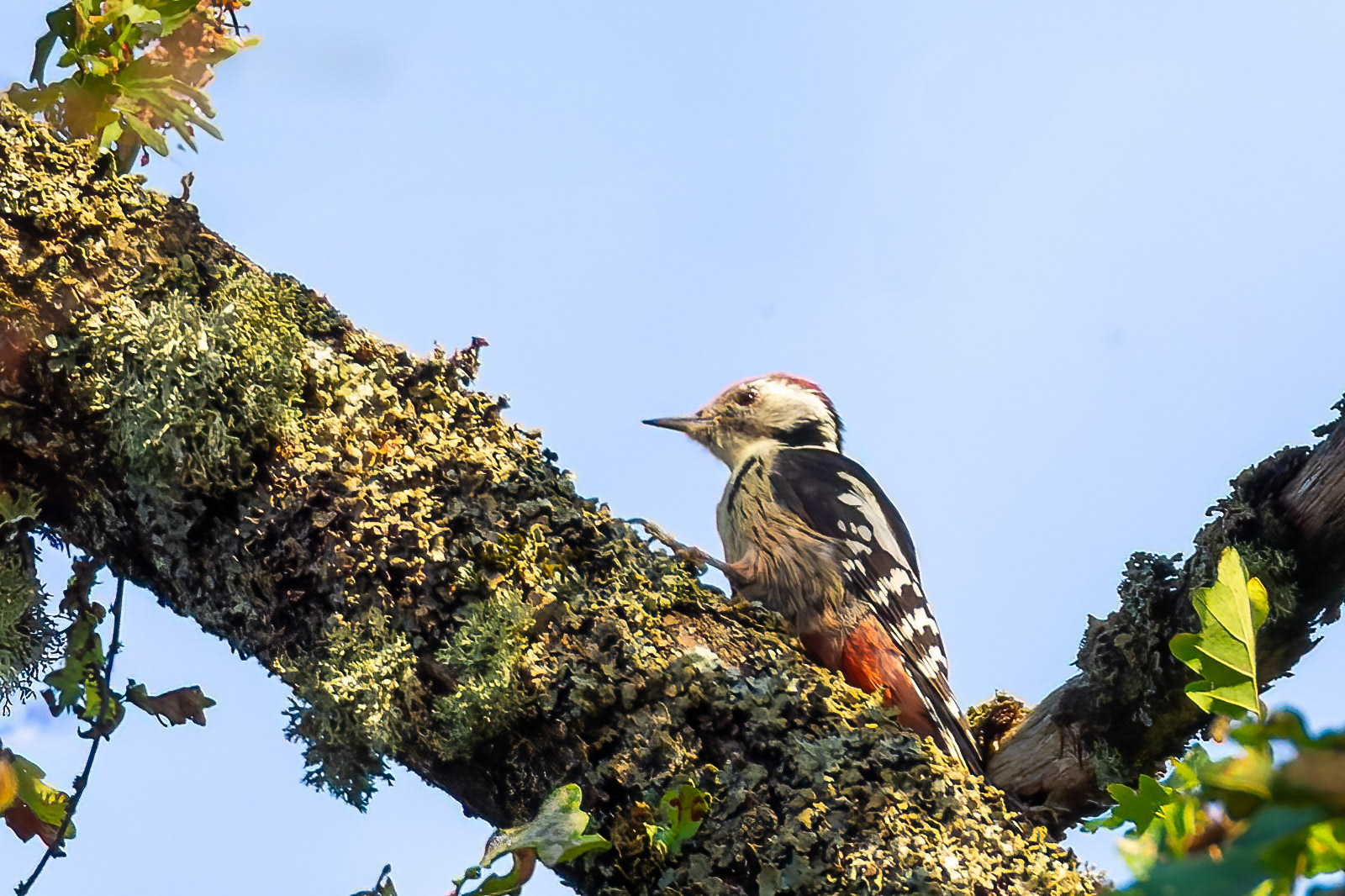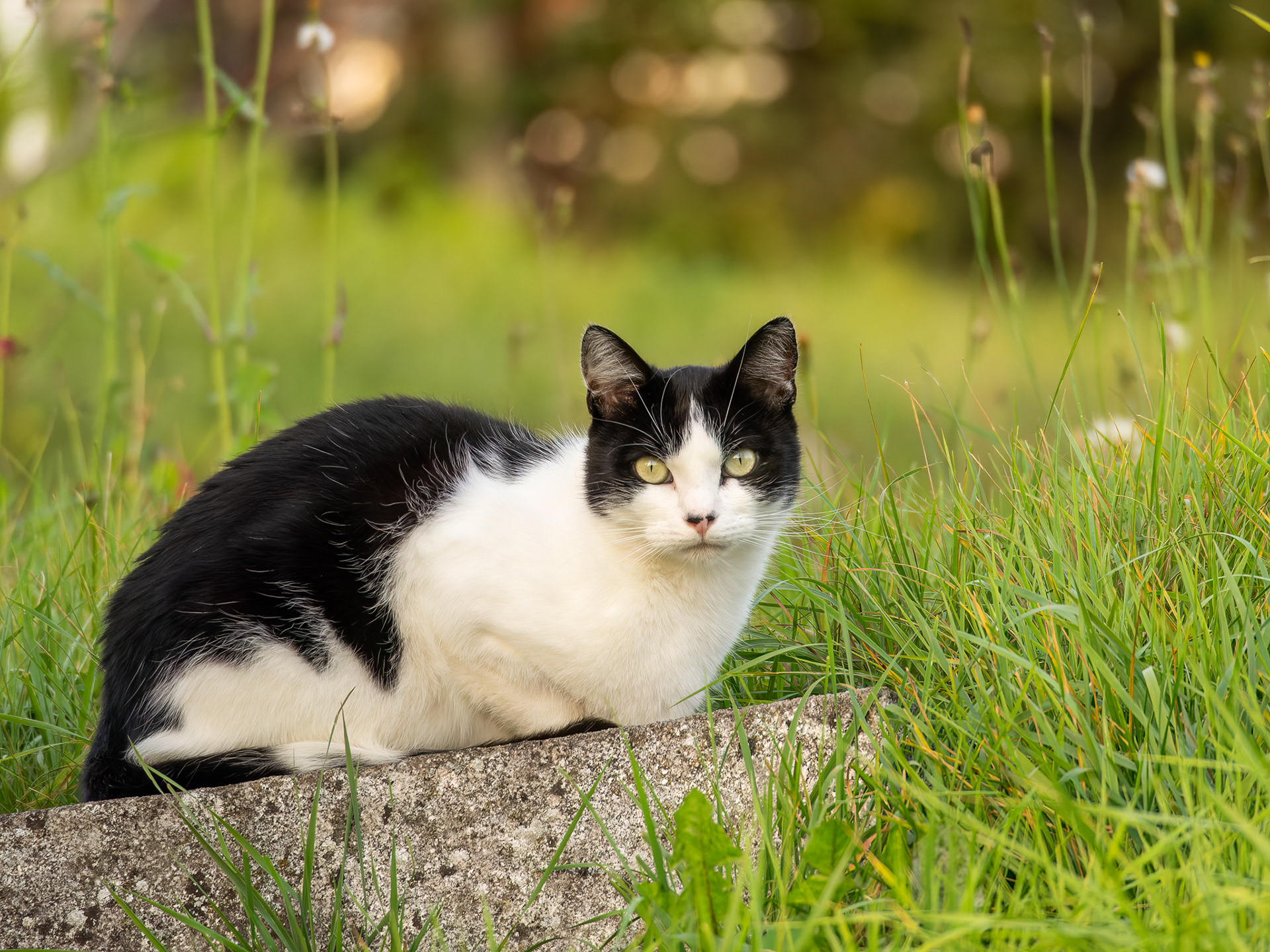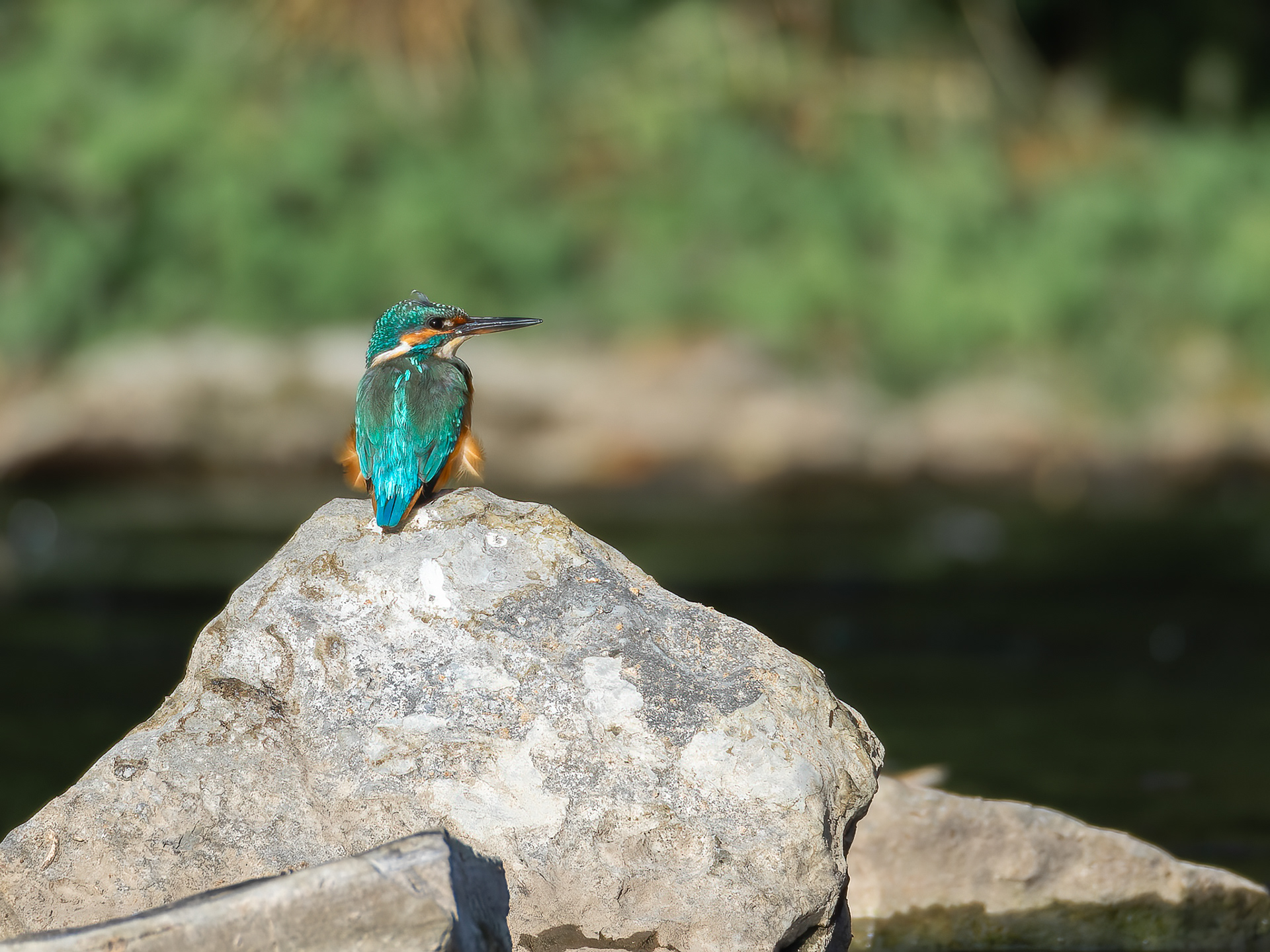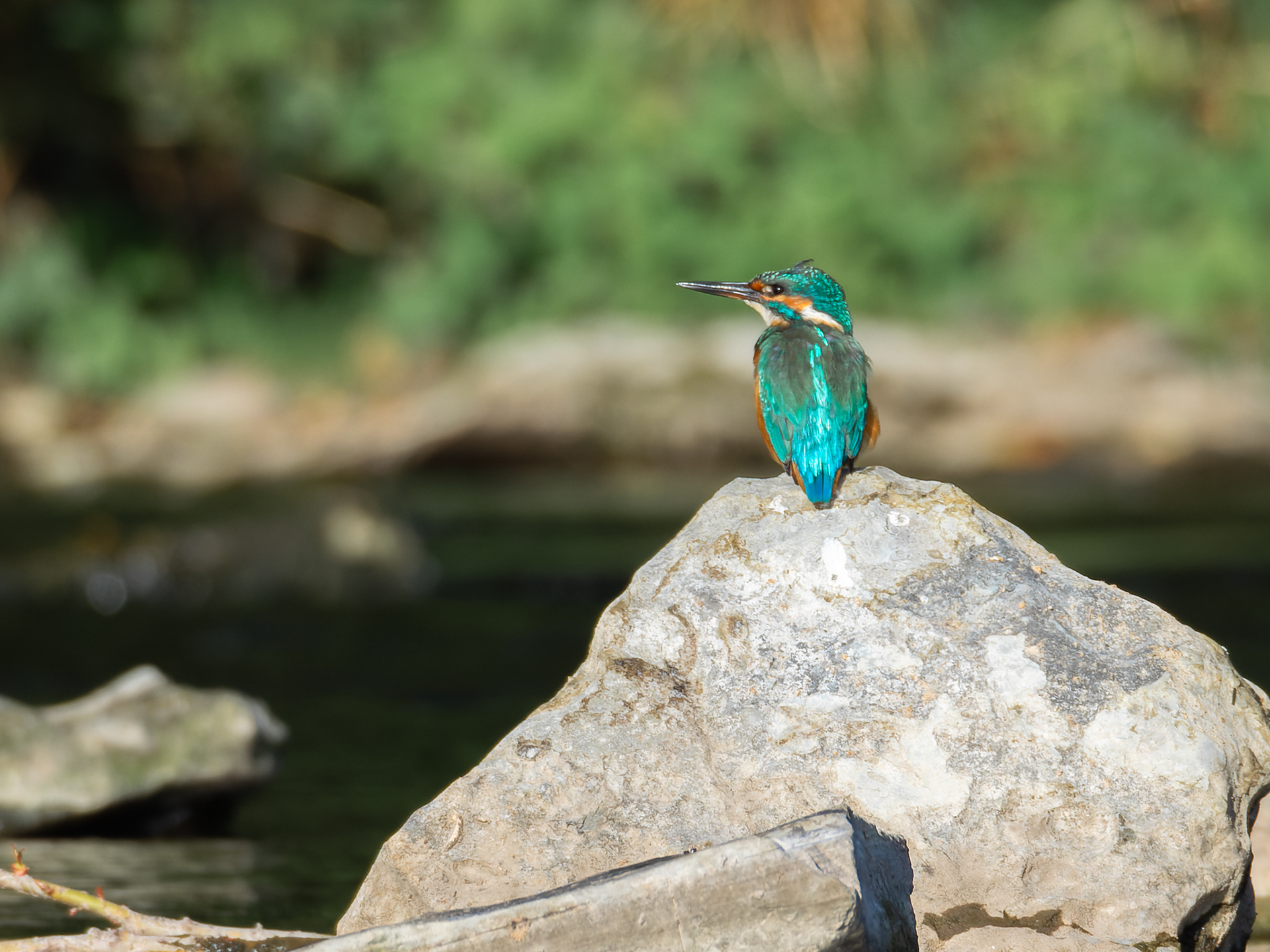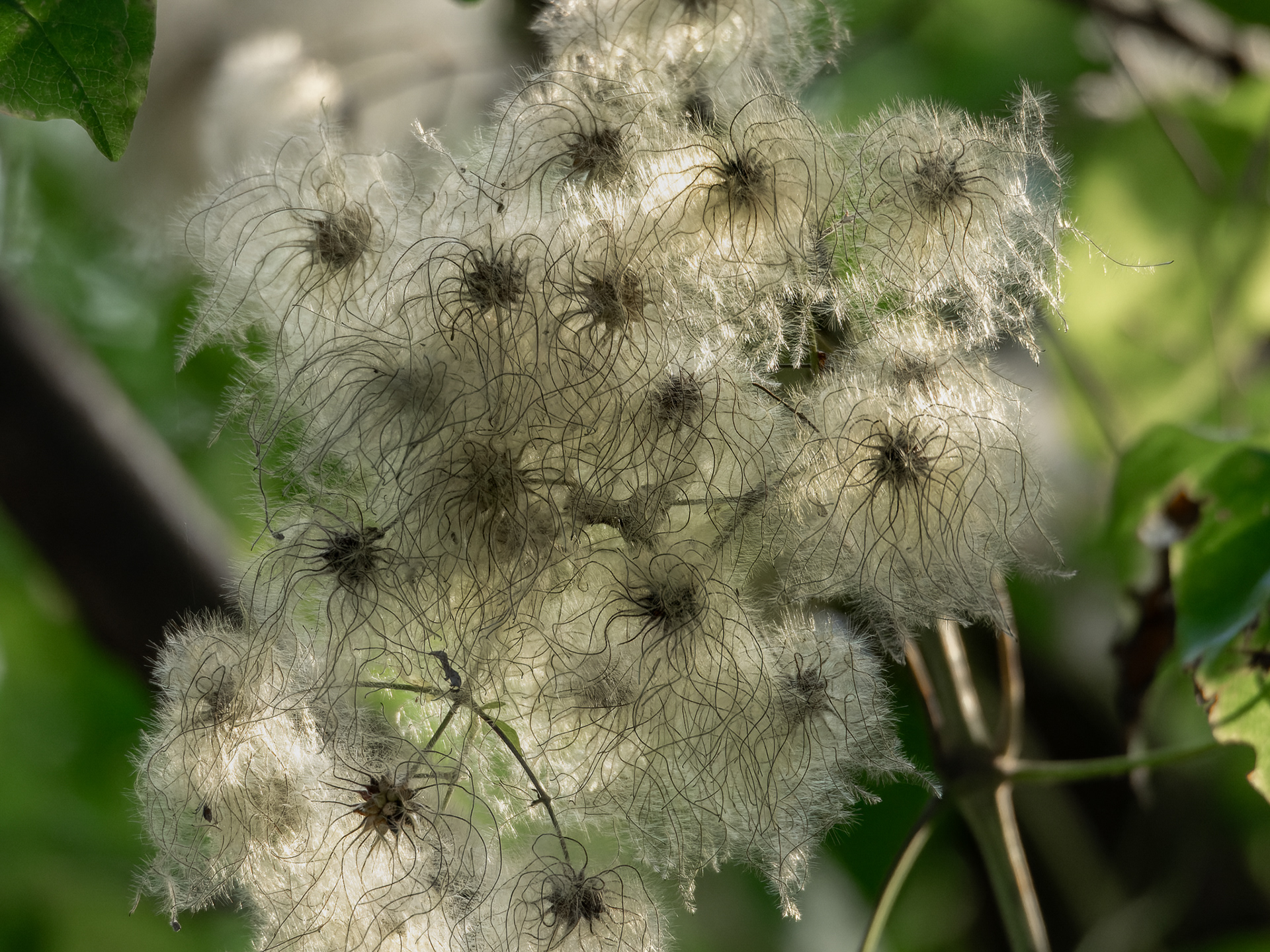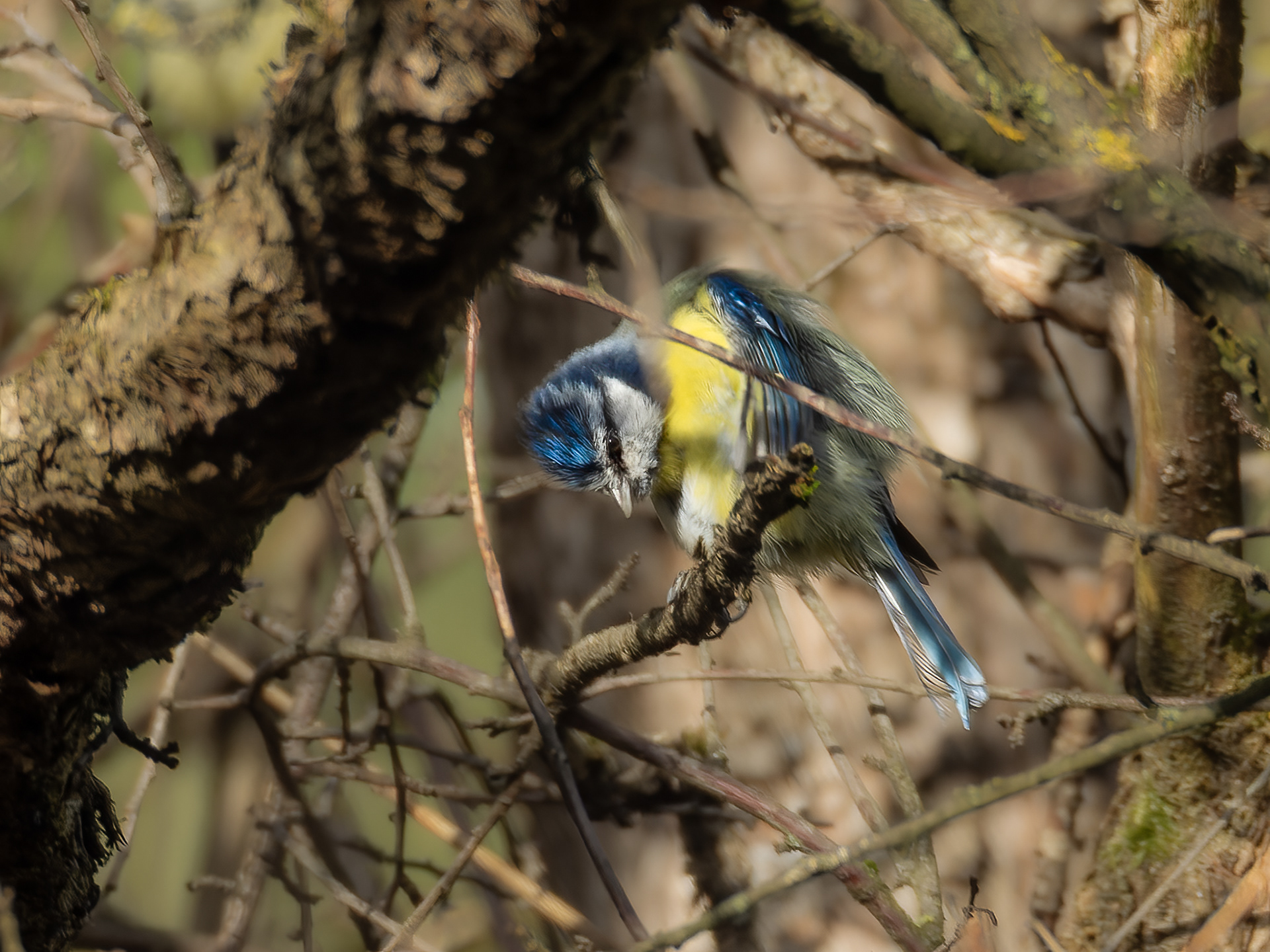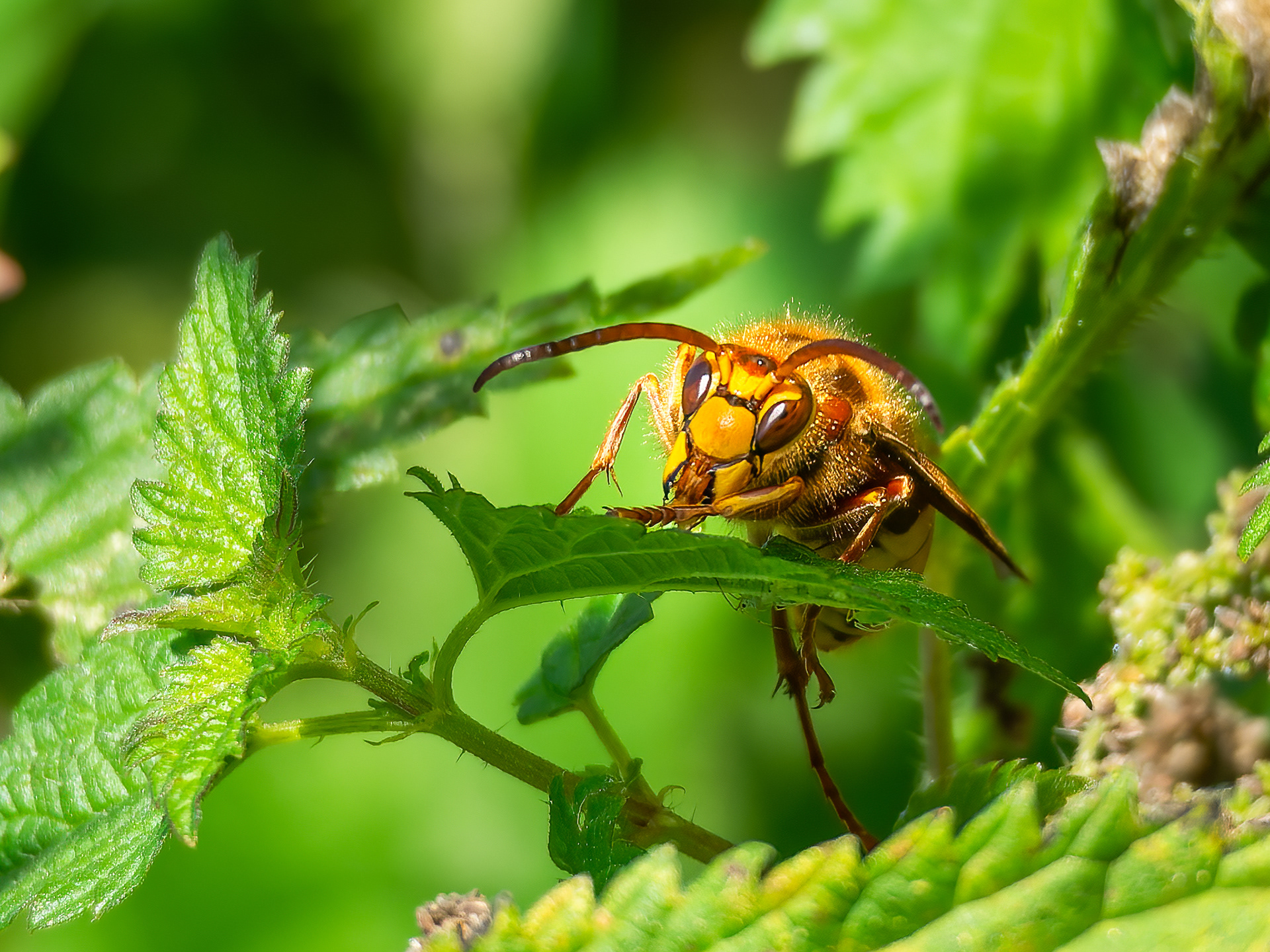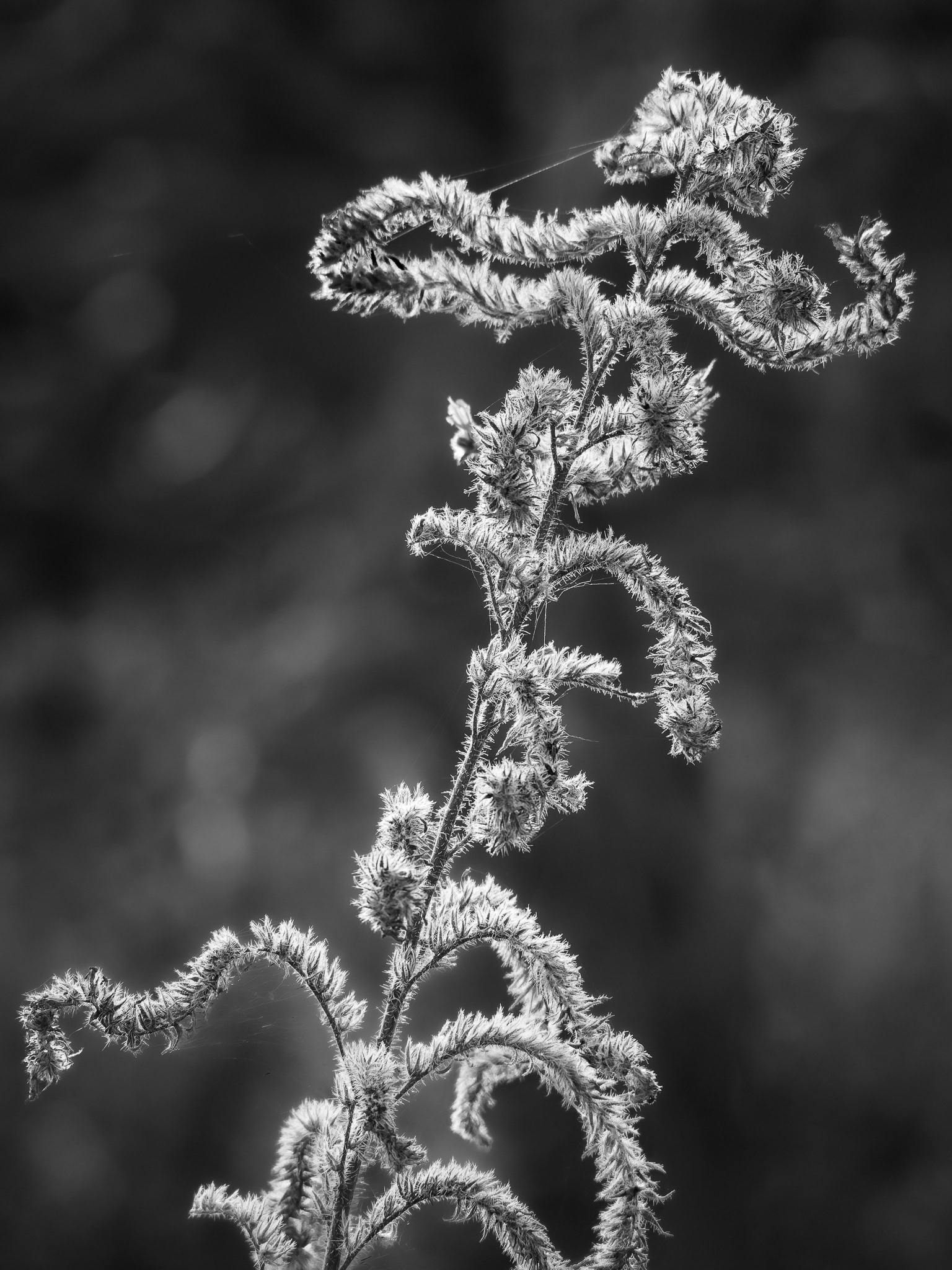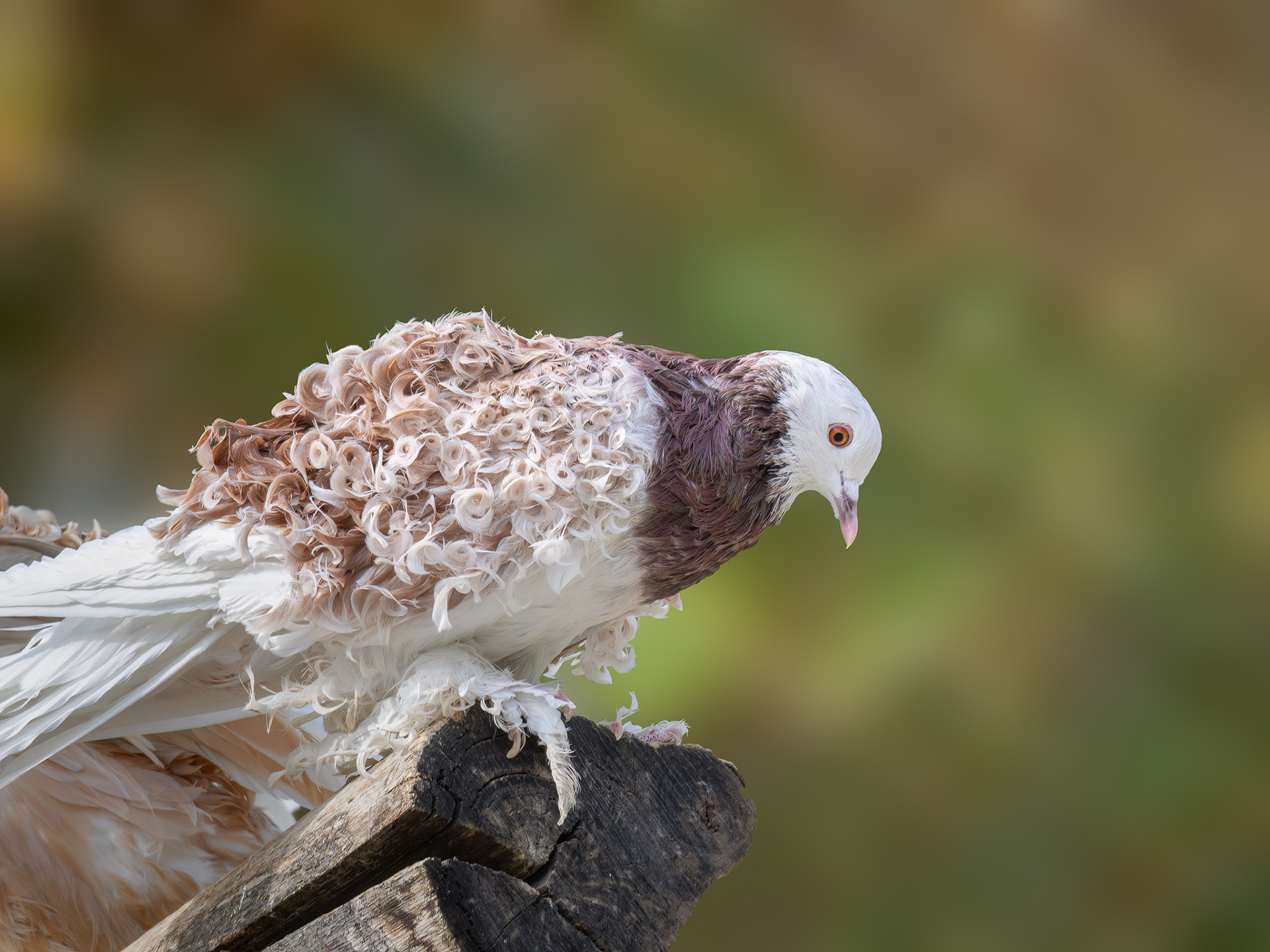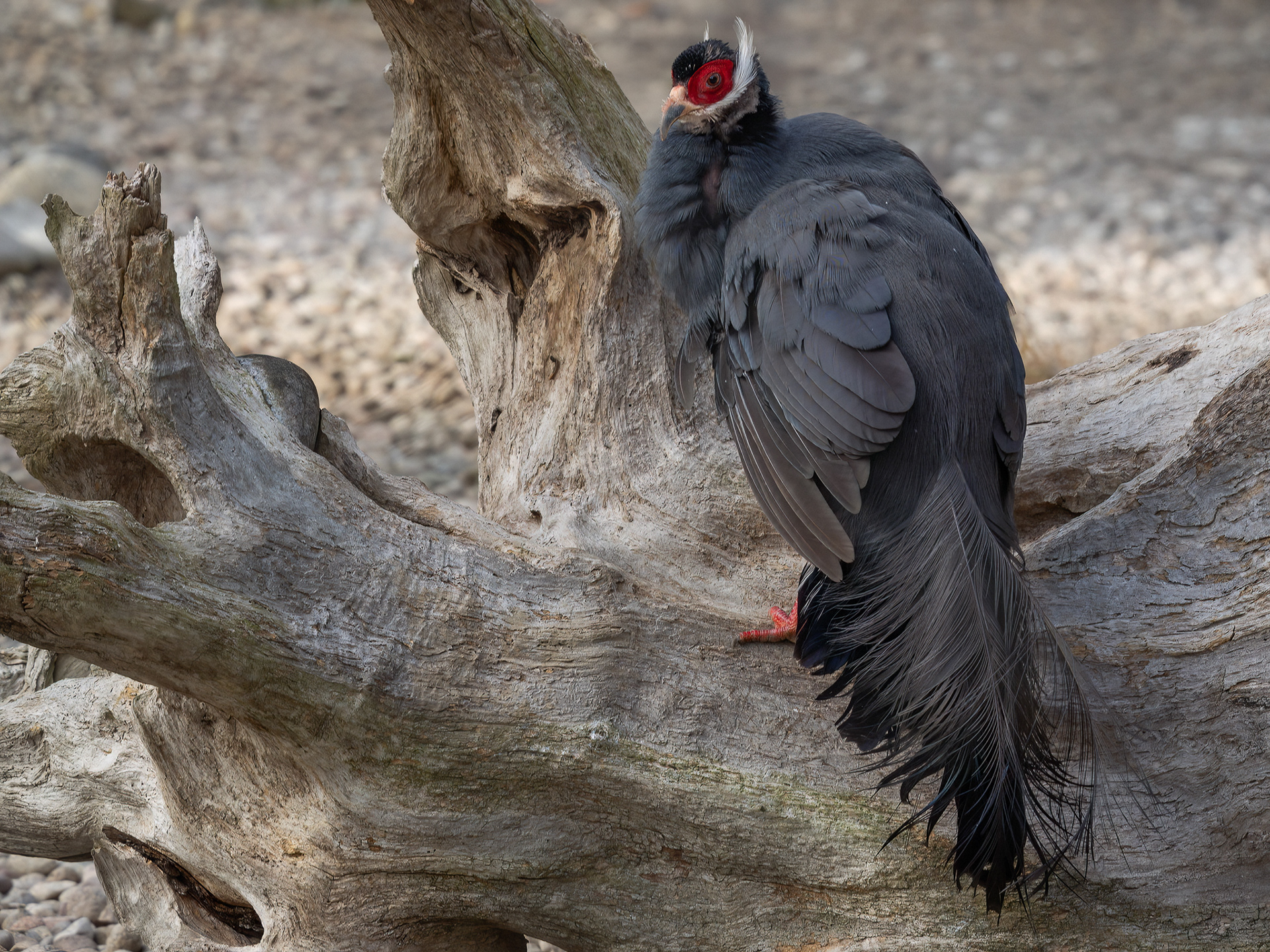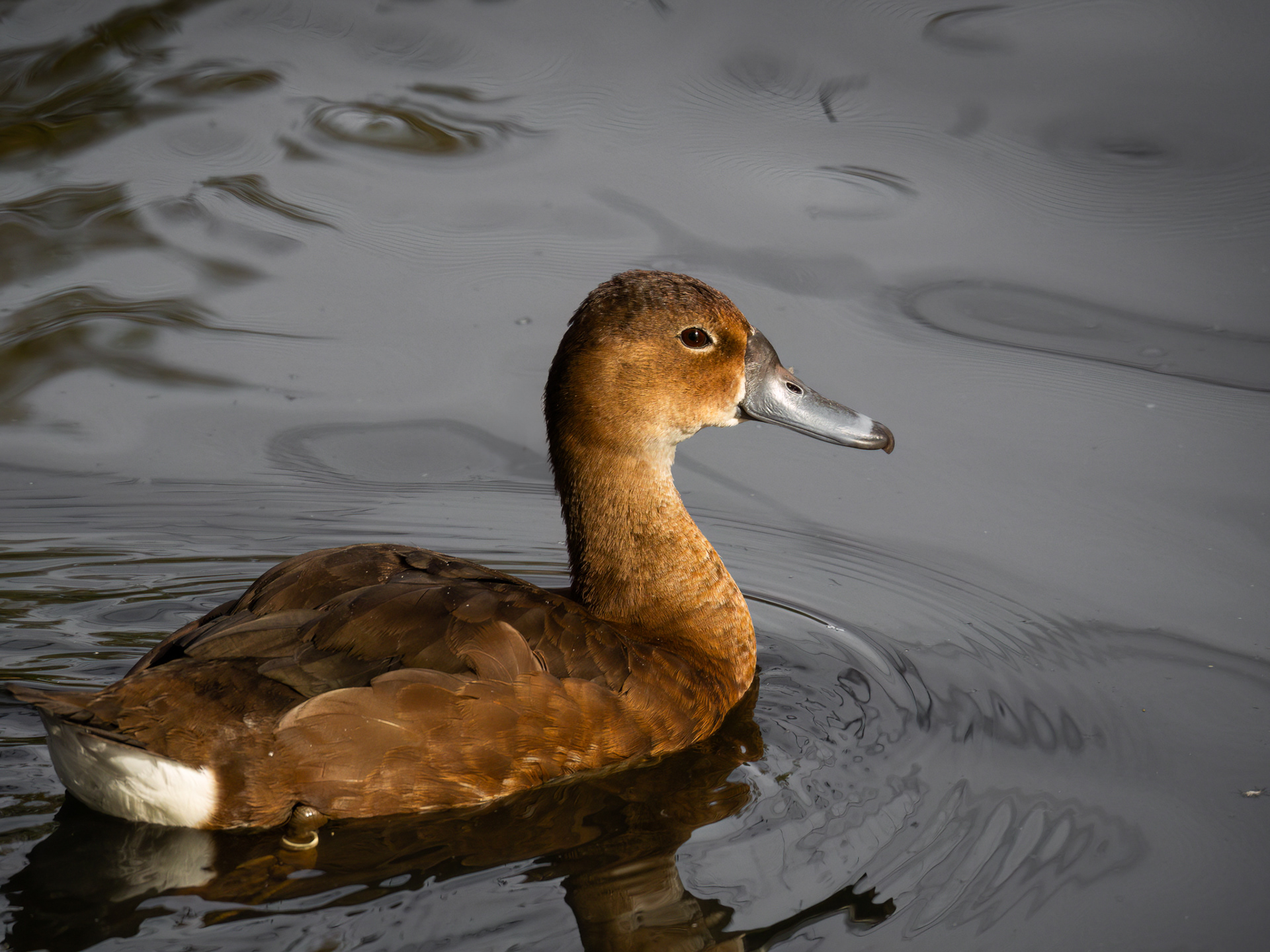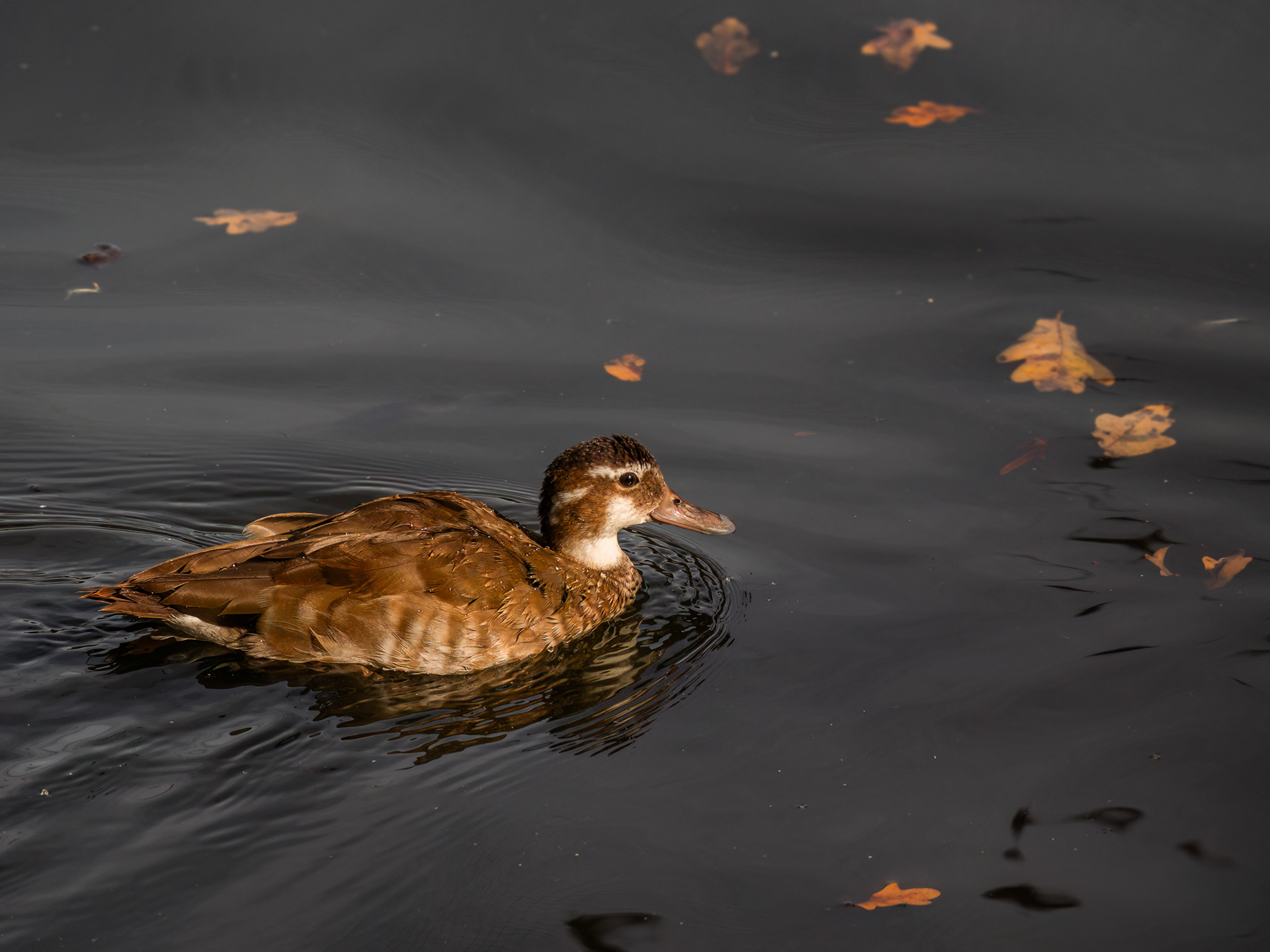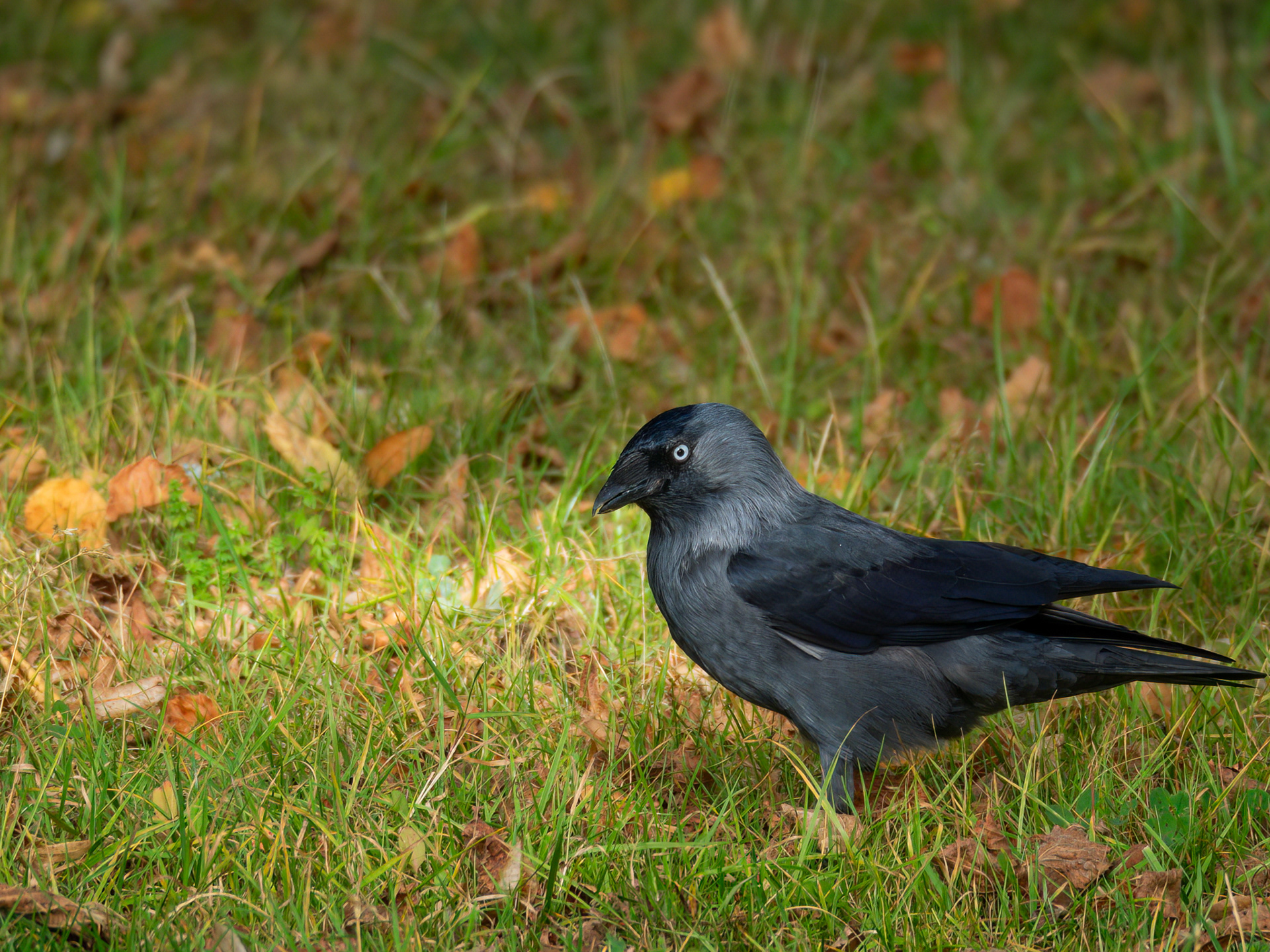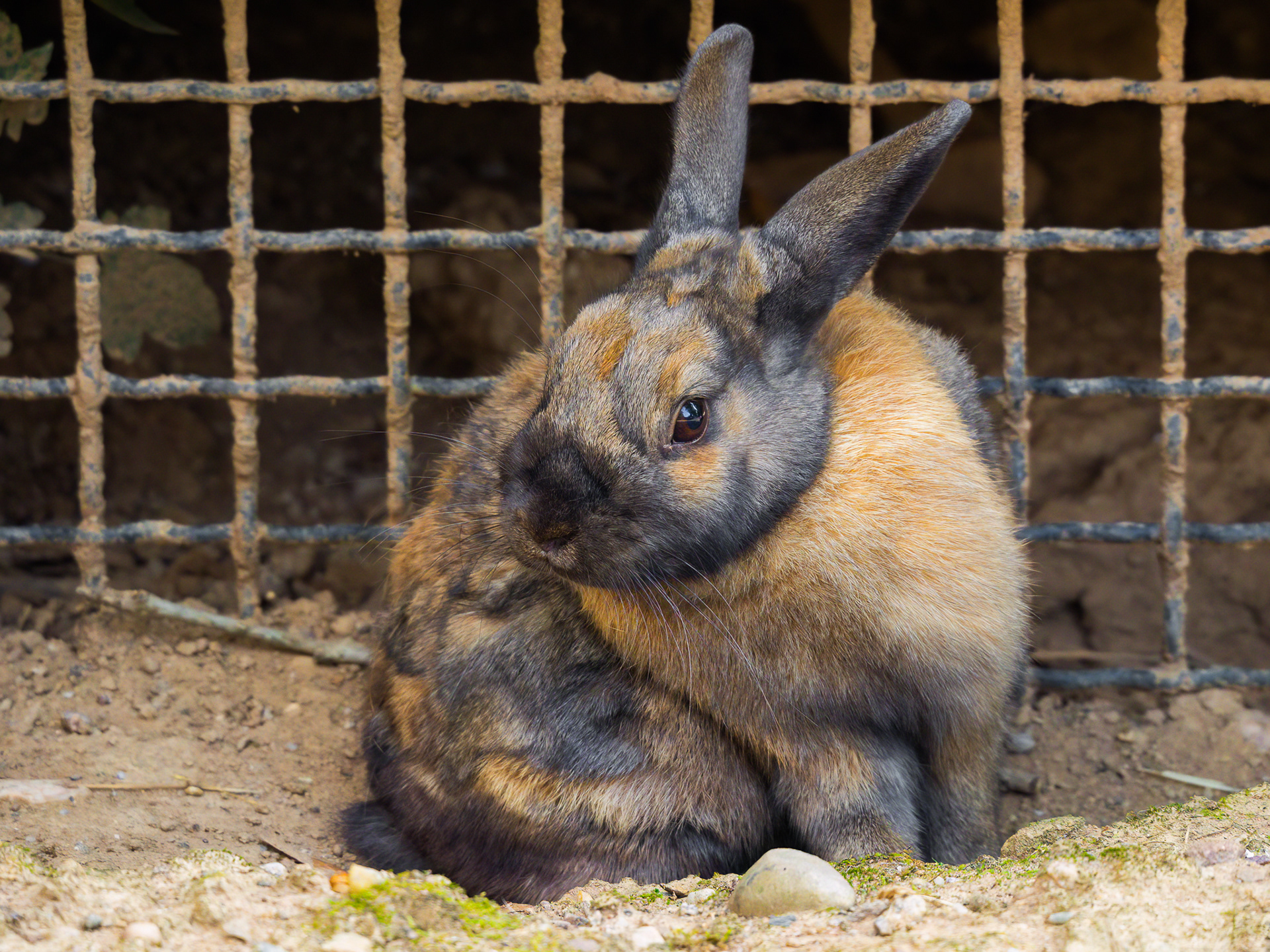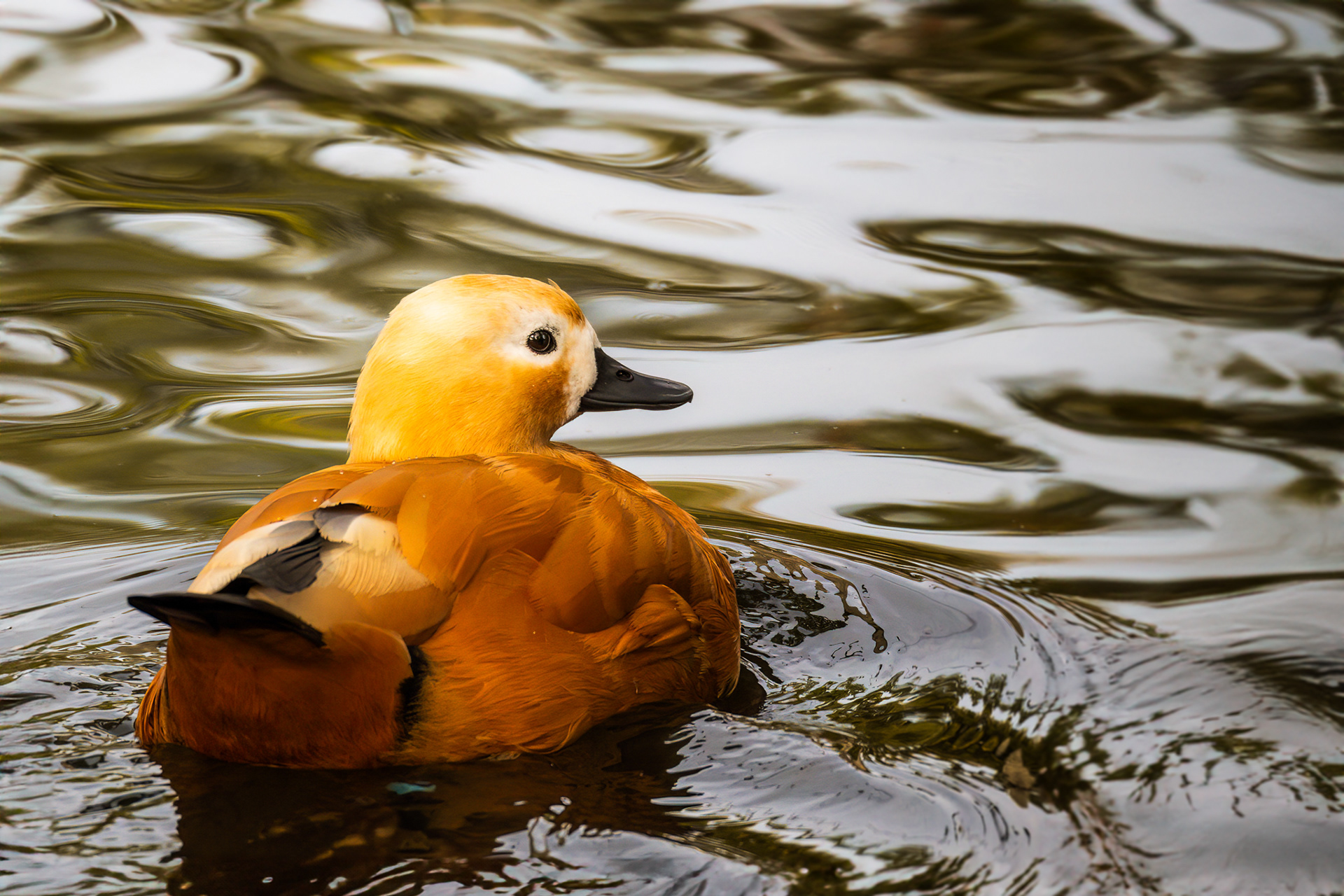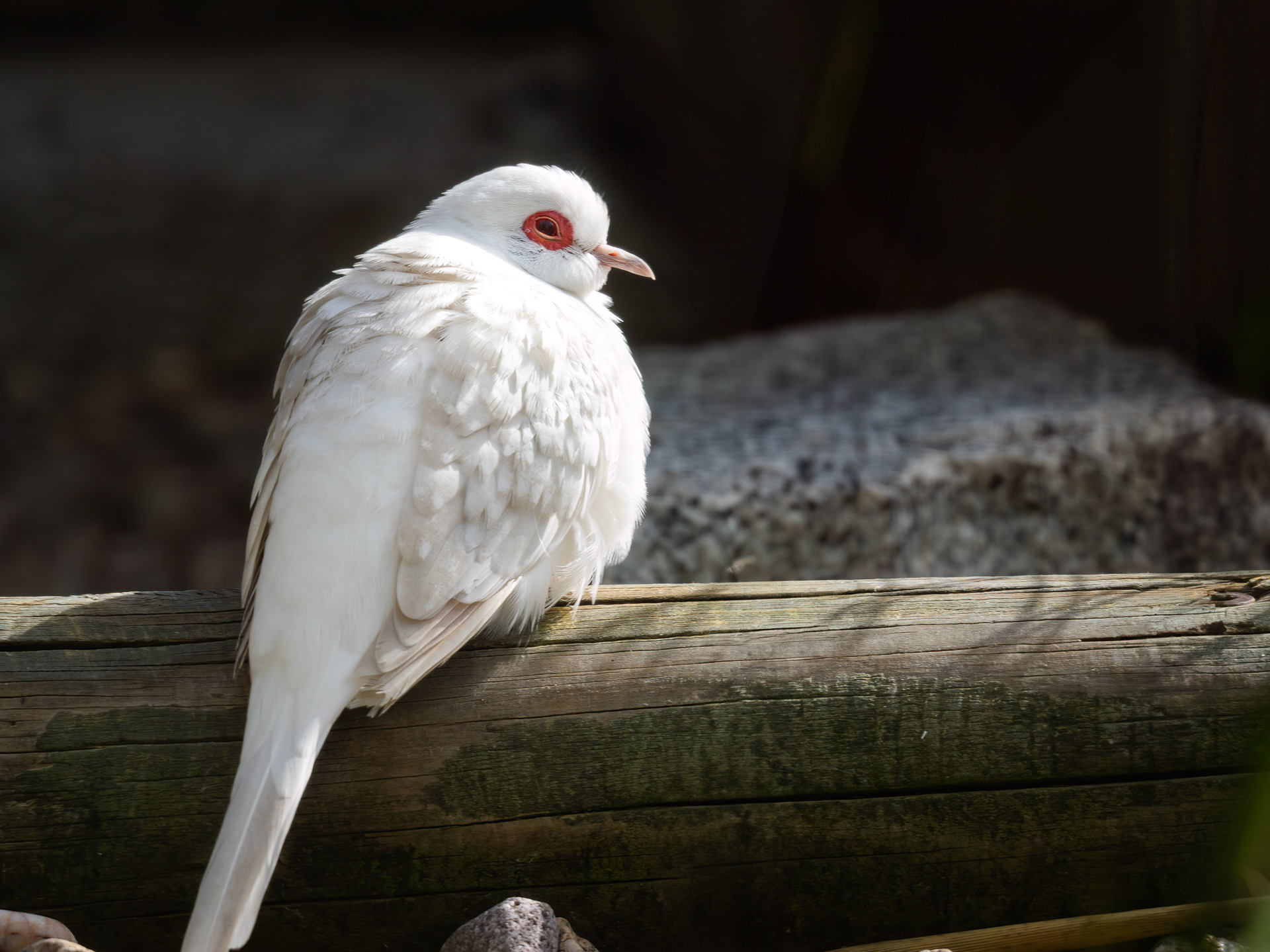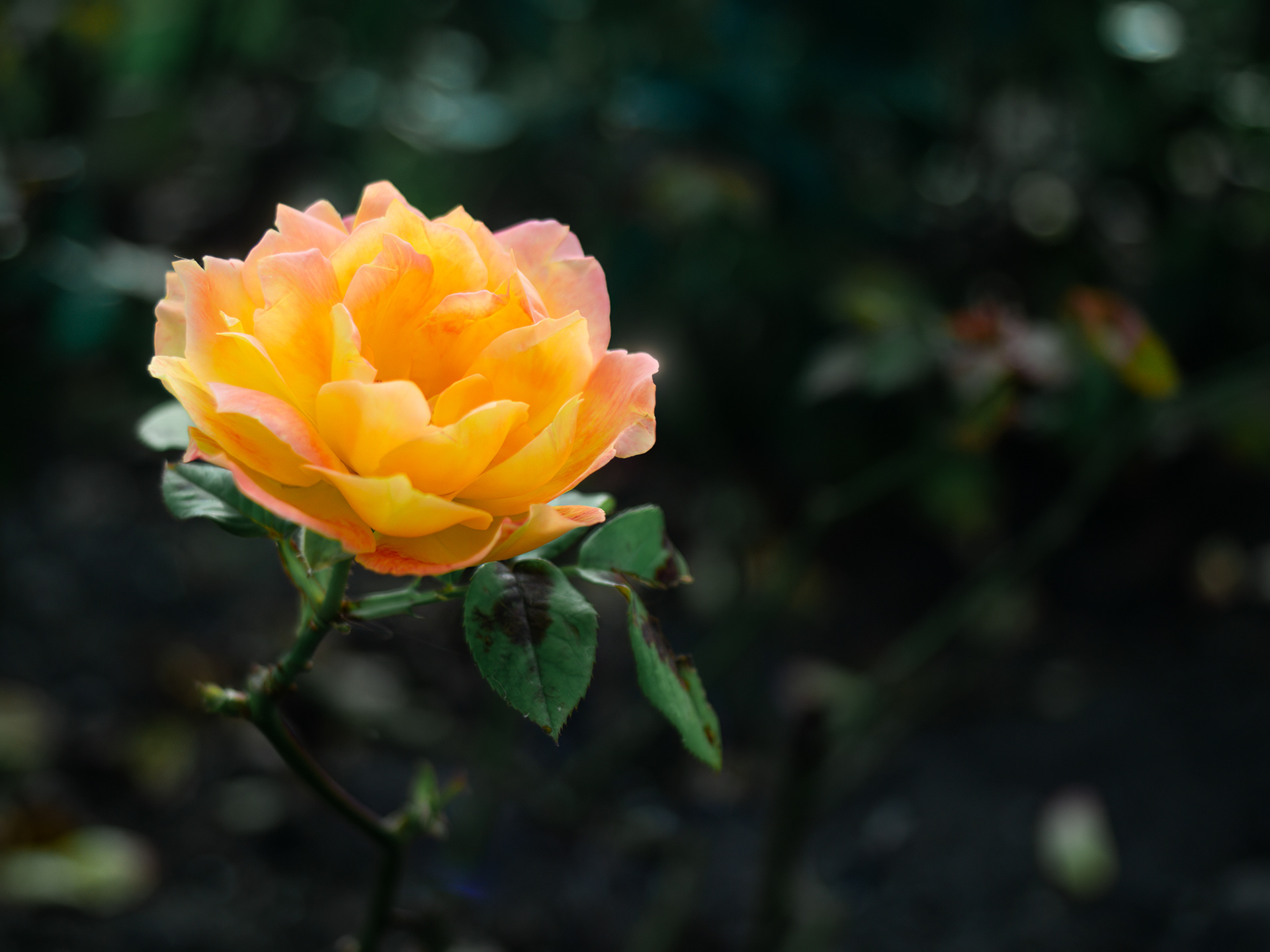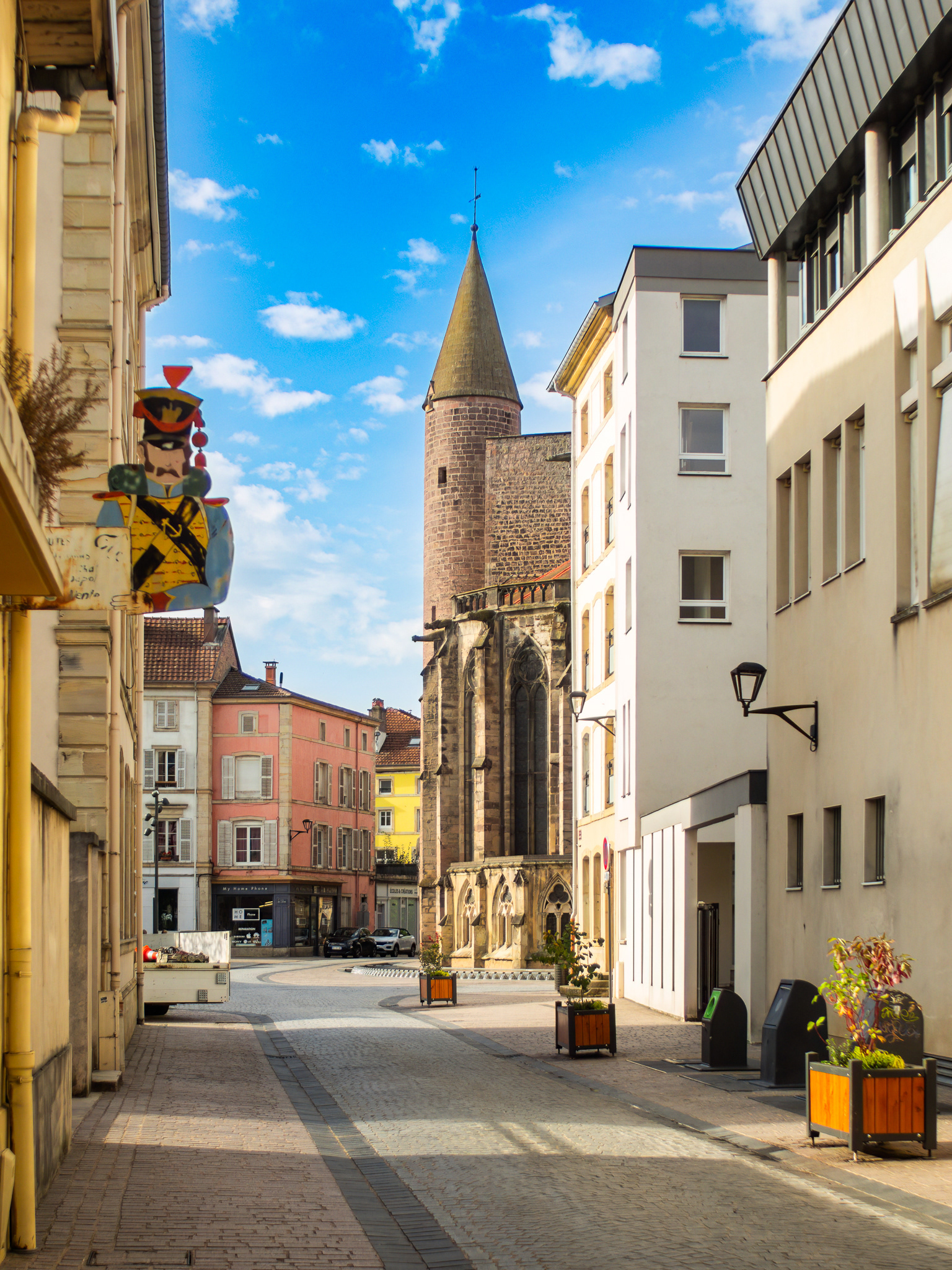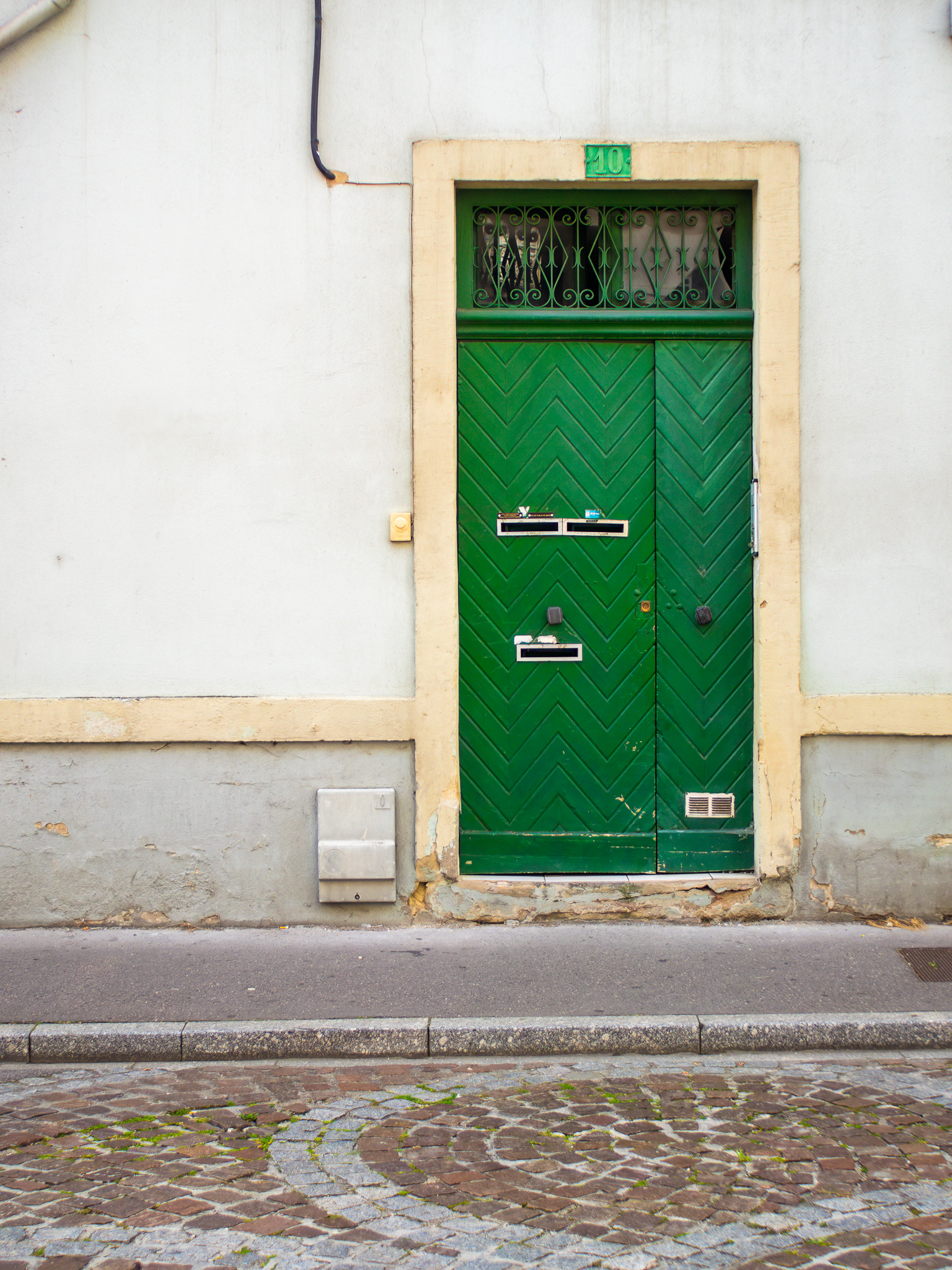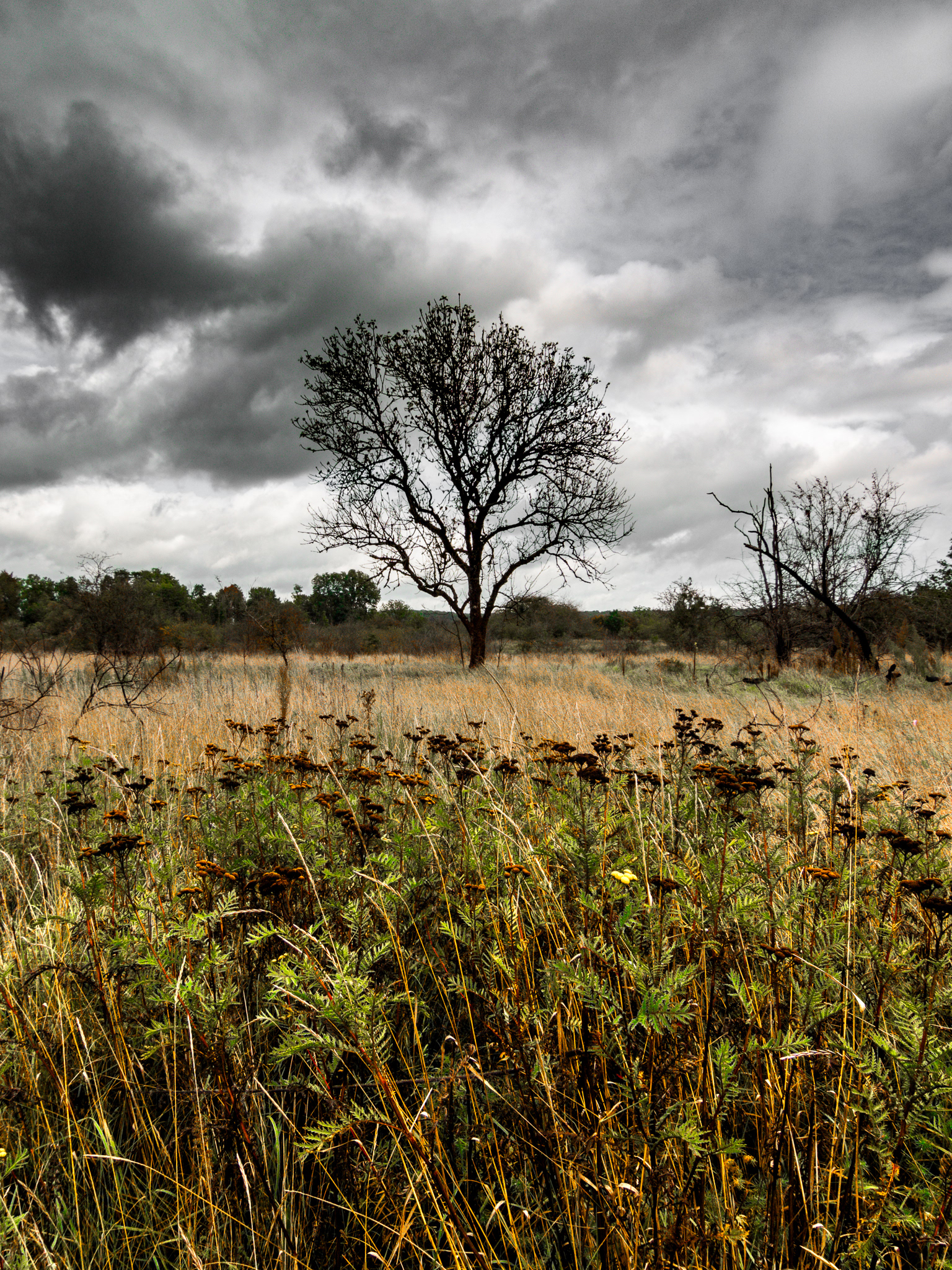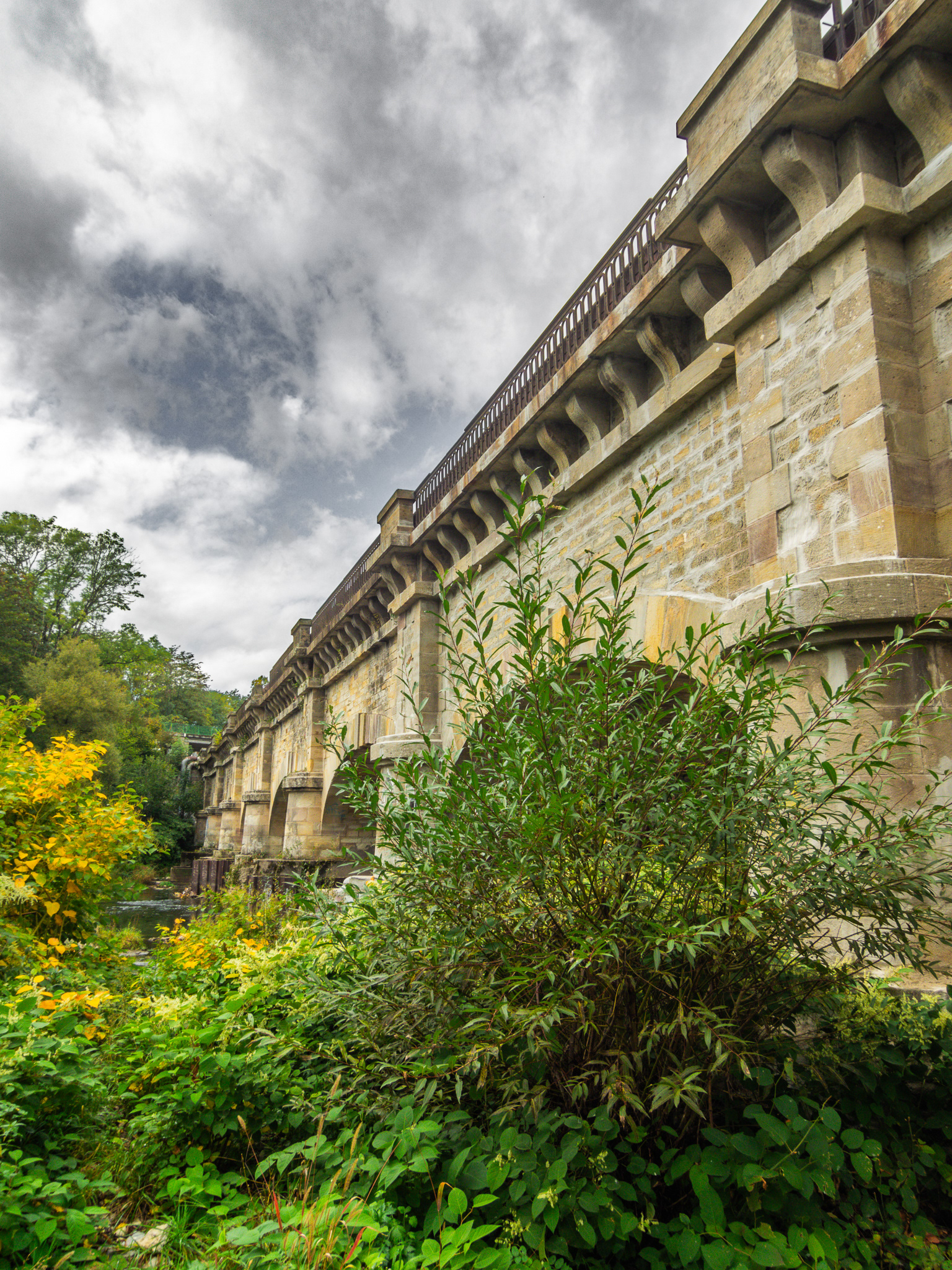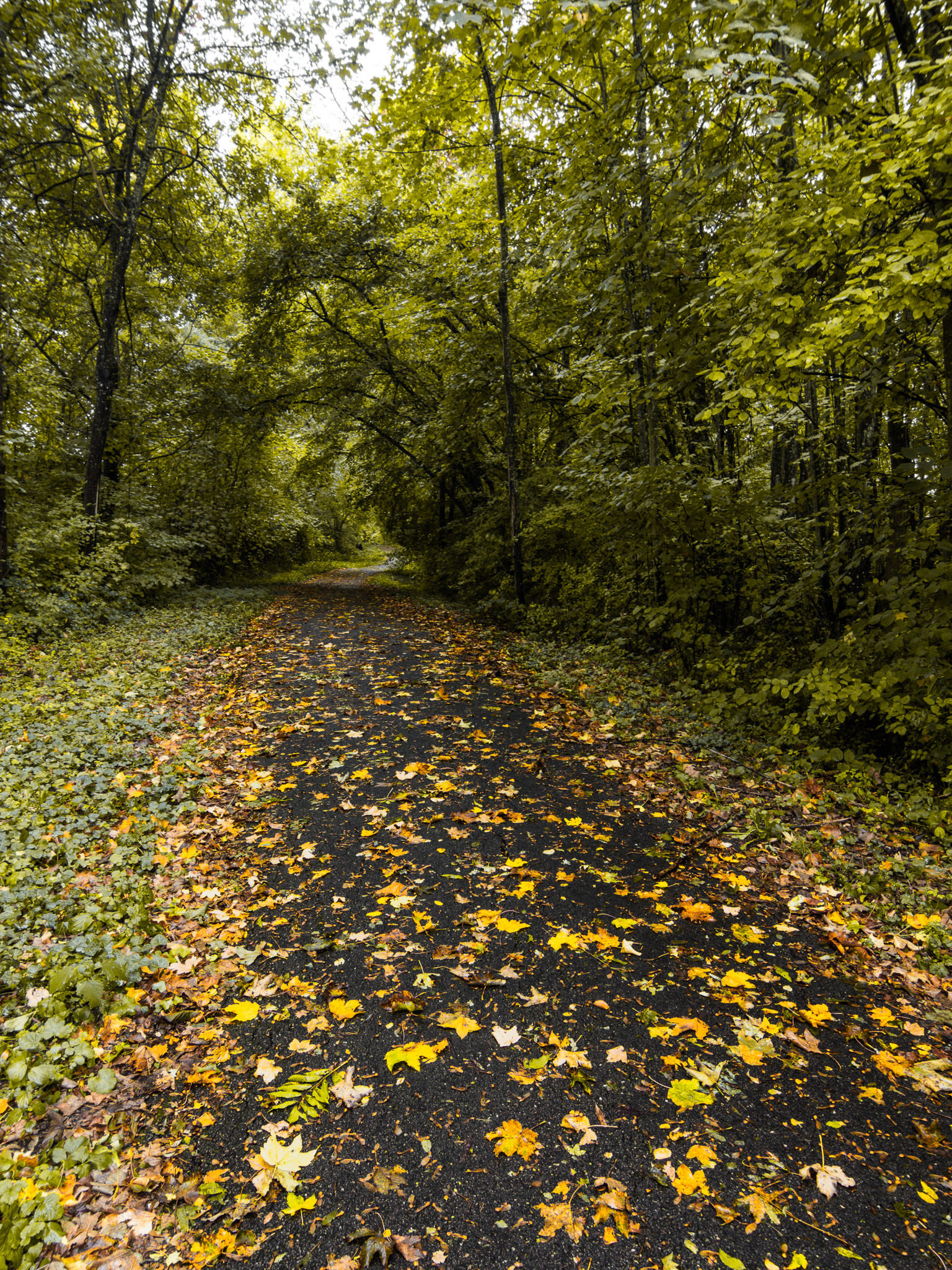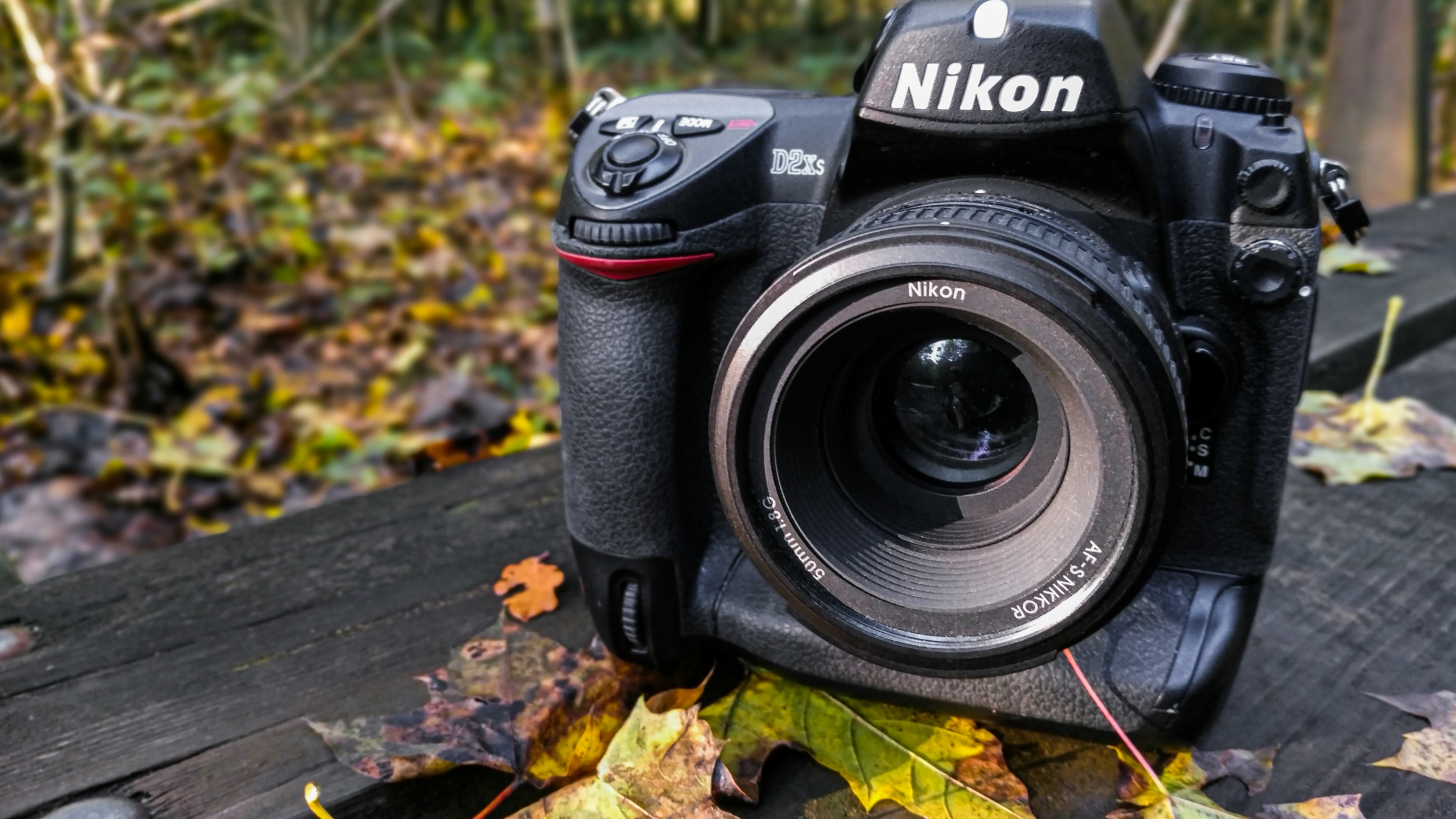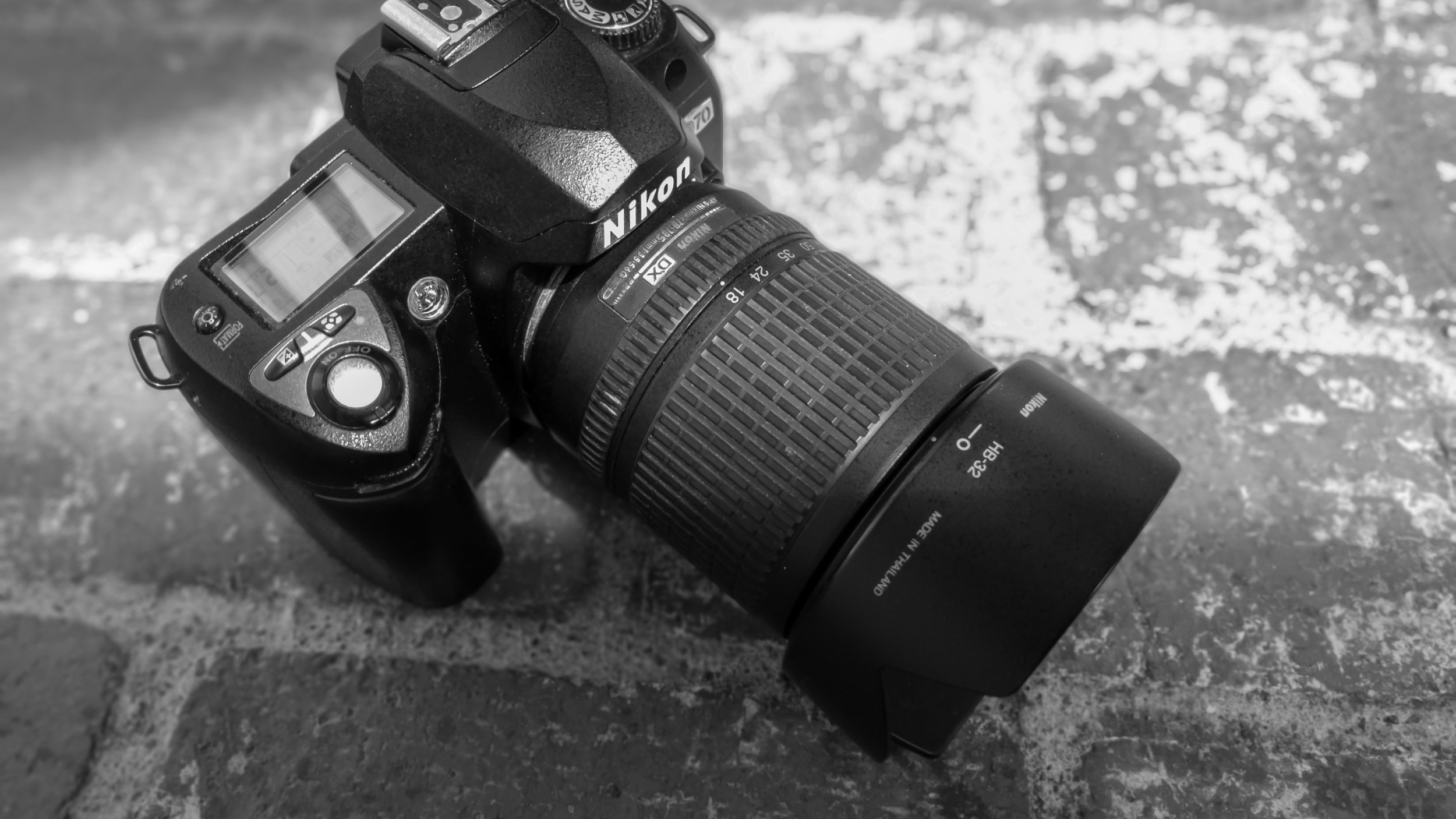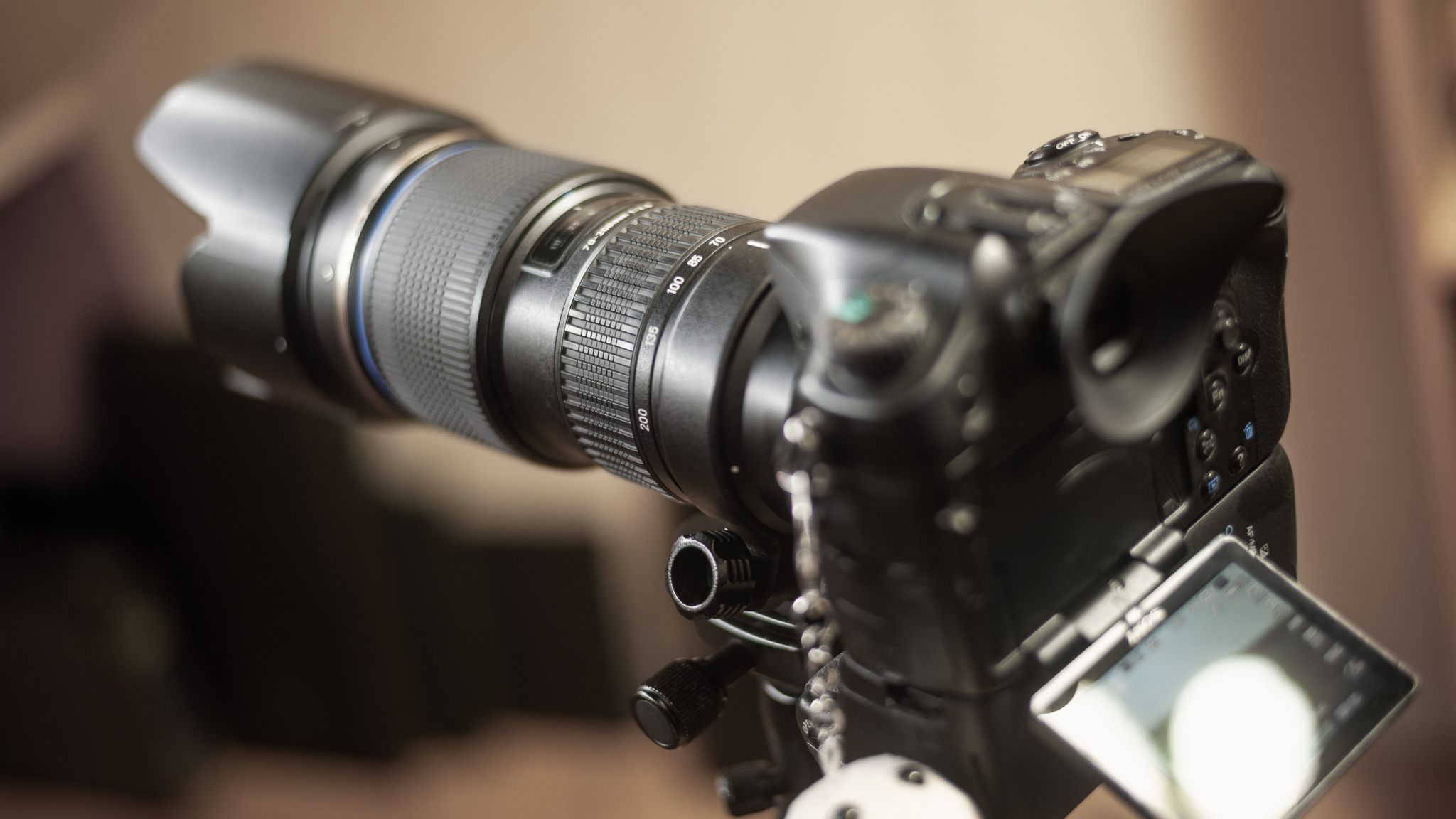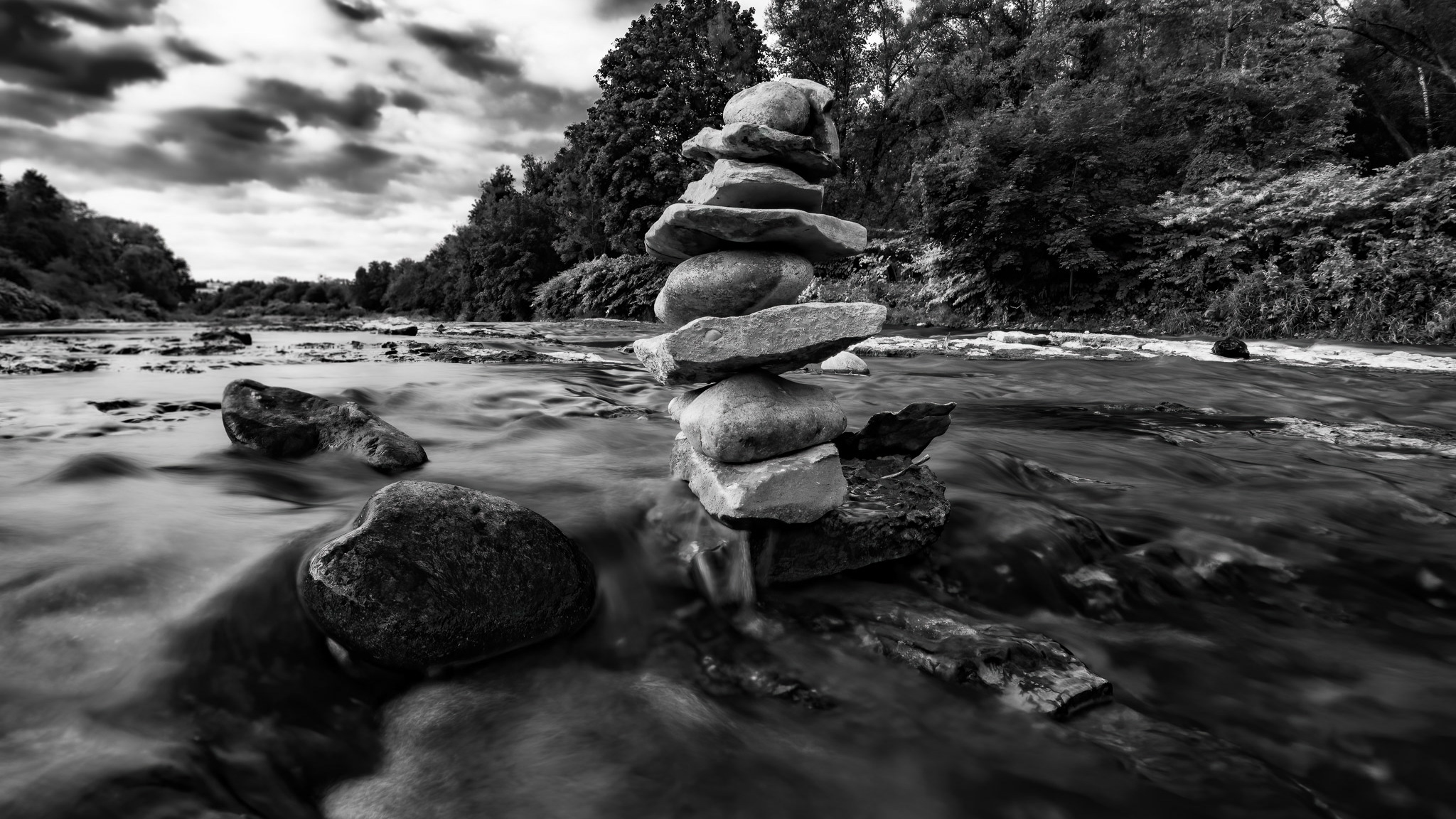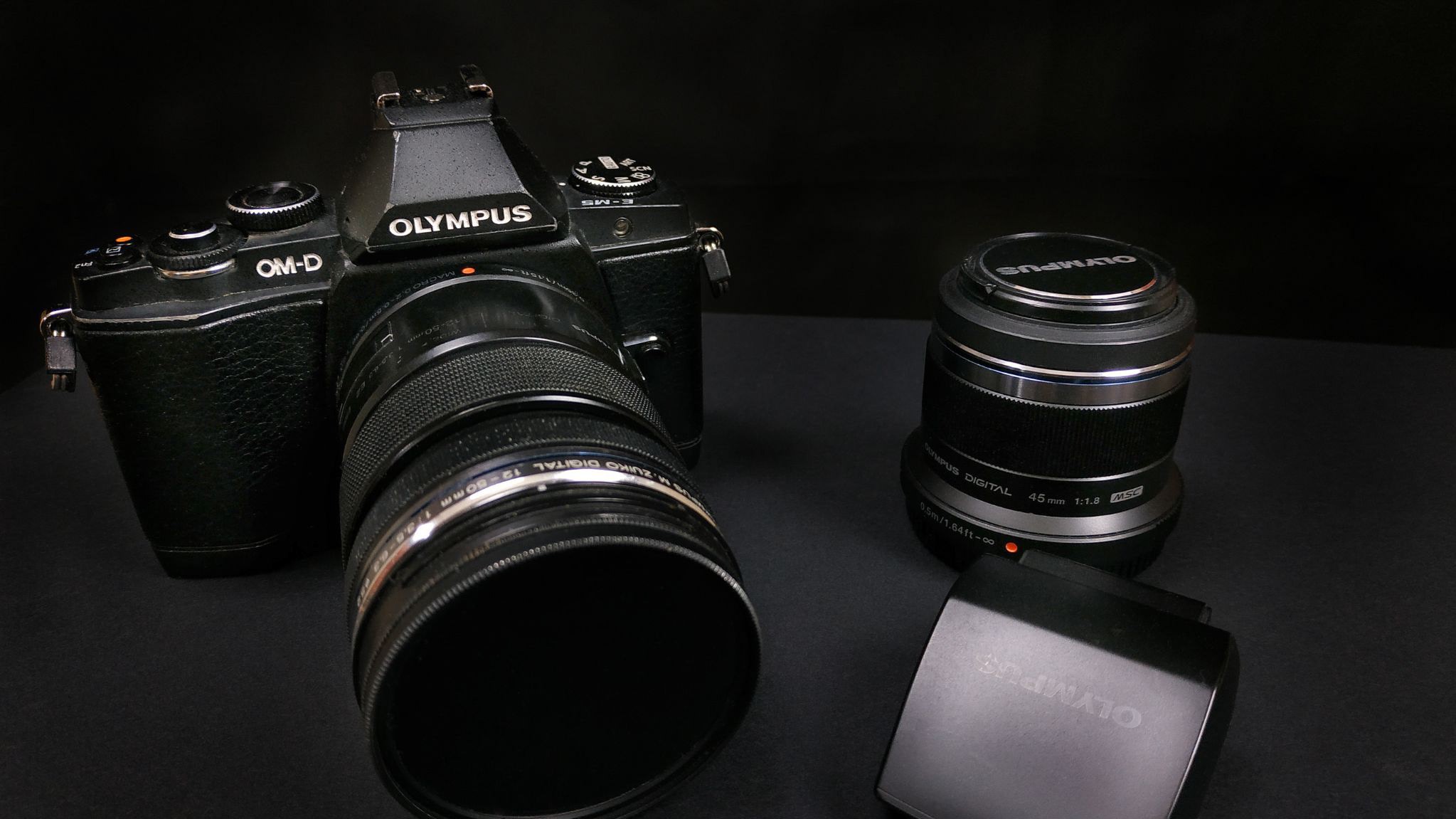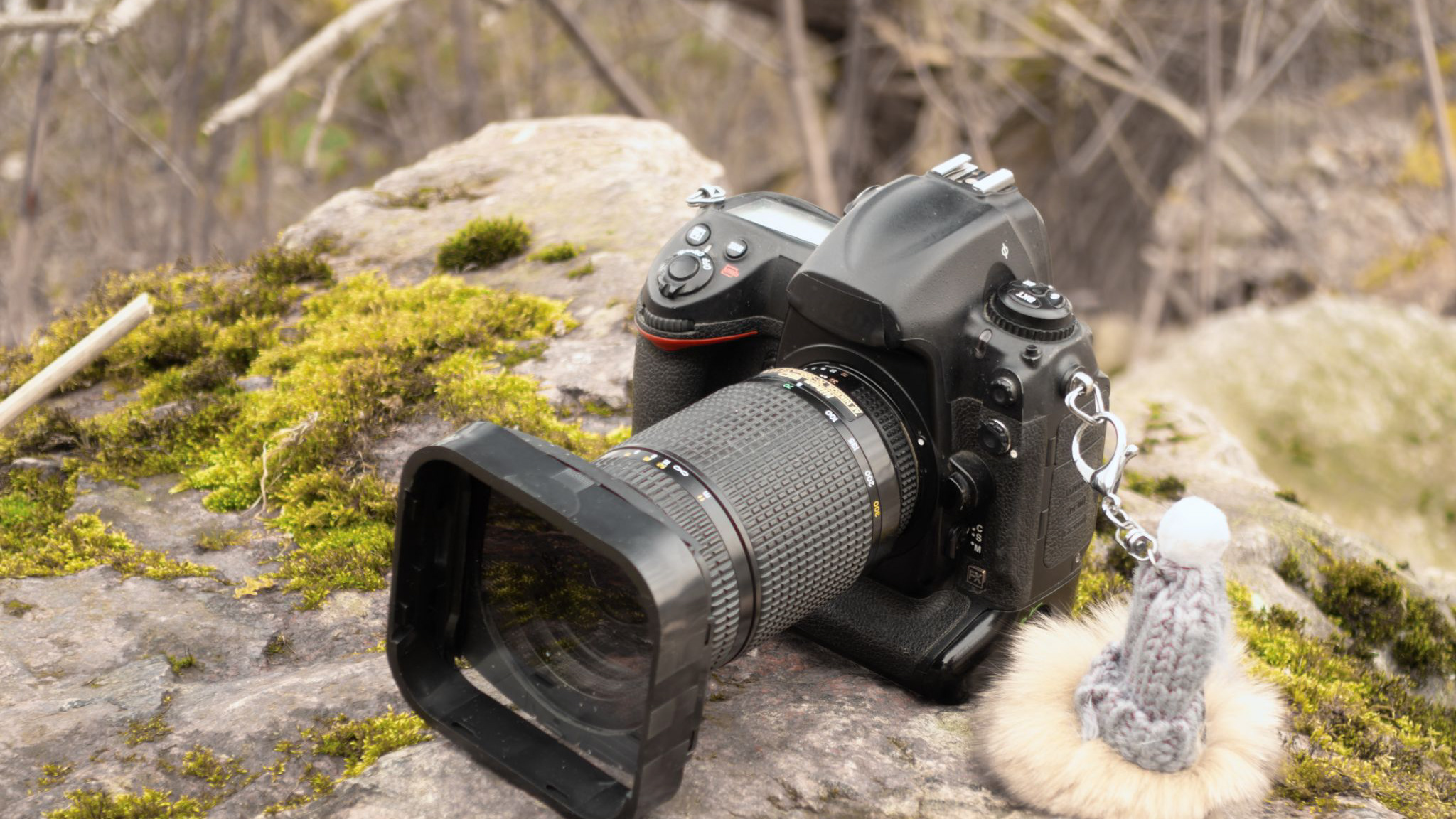I only had one previous experience with micro 4/3 a few years ago with the Olympus OM-D E-M5 that I kinda liked but eventually didn’t keep. So, why not?
The E-M1 is very similar to the E-M5, just better in all ways. All that I liked on the E-M5 is there, and all I didn’t like has been improved. After a fews days playing with it, I was convinced: this was gonna be my new super light, small, inexpensive travel system: I decided to buy the Olympus 75-300 F/4.8-6.7 II for another 300 bucks. The 45-150 was nice, but I have no use for it and sold it: this is therefore a $500 system with a 35mm equivalent 600mm field of view that weighs less than a Nikon D4 body alone and fits in my iPad shoulder bag.
The electronic viewfinder is much better than the one in the E-M5, with even better magnification than the D4! It is crisp and clear, and lag is manageable. The stabilisation while framing and focusing works just great at 300mm making birds capture quite easy. That and the light weight of the system makes the tripod totally useless now. Less weight to carry when shooting wild life.
The screen update during fast burst is not really there yet, but it doesn’t render the camera totally useless in this scenario. I got used to it pretty fast.
The stabilisation while shooting single shot is great, and much less great when shooting burst, it also slows bursts little. Since it isn't easy to QUICKLY change how the stabilization behaves without having to mess with the menu and there are not enough "MySets" to assign the different shooting scenarios I need (and they can’t be assigned to a button+wheel to switch them fast on the field): I had to compromise and waste two buttons and replace two modes on the mode dial.
- Antishock single shot, single AF, 1 small center AF point with stabilisation ON.
- Fast Burst 9fps, continuous AF, 9 AF points in a box, stabilisation OFF.
- Fast Burst 9fps, continuous AF, 1 small center AF point, stabilisation OFF.
- Silent burst 11fps, continuous AF, 1 small center AF point, stabilisation OFF.
The 85 points AF is much better than the E-M5 too. Techno babble: PDAF blablabla. It works really well and fast in single AF, work a little less well in continuous AF, and the tracking mode totally sucks.
There are lot of shooting modes: silent, anti shock, from 1 to 11 fps with a decent buffer of 40 photos and exposure / AF.
The 16MP sensor is plenty enough, it is as noisy as the E-M5, which isn’t really an issue with modern post processing software. It is worth noting that at ISO200 it is as noisy as the D4 at ISO800.
The dynamic range is improved compared to the E-M5, and at ISO200 it is similar to the D4 at ISO400: roughly 12.5 F-stops.
Battery life… well, no surprise it sucks. But with two new aftermarket batteries I bought to replace the old ones: one in the body and one in the grip, I get 500-600 shots. There is no GPS, but the cumbersome battery killing Olympus app can replace it when absolutely needed.
I’m still not going to invest a lot in this system. I’m playing with adapters, Minolta and Nikon lenses, which while being fun and interesting totally defeats the purpose of light weight portability. Except for the Minolta 50mm F/2.8 macro AF: I might add that small lens in the bag, there is room for it.
When travelling my iPhone shoots great equivalent 26mm, and stitching even the old iphone XS RAWs for landscape photography is really good. The other focal lengths on the iPhone aren’t as good for me, but still usable in a super small package if absolutely needed: even the 13mm despite the soft corners is usable. I also will carry the super tiny non conspicuous and excellent Dxo One, 20MP, 32mm F/1.8 up to 45mm if I crop a little.
When Traveling I don't shoot razor thin depth of field portraits...
I might however get a 7.5mm fisheye or the Laowa 6mm rectilinear. I might actually even get a small Olympus PEN something just to put the wide angle lens permanently on it. Still small and light that would fit in my shoulder bag.
Handling the E-M1 with the grip is real good, all the buttons are programmable, and after some struggling with the menu I managed to set it up to my liking.
I shoot only Raw, I mostly use aperture priority mode, or manual mode, not very often do I use speed priority mode. These modes are as good as with any other camera, the exposure is accurate and the exposure compensation dial works as intended. All the Jpeg stuff I’m not interested in, but people say it’s quite nice.
Overall, it is a nice camera from 10 years ago, that doesn't feel like 10 year old. It is totally usable today for what I shoot. The newer models are no doubt improved in many ways, but they also cost a bit/lot more. The better pro long lenses are also much better, but totally defeat the purpose of having a lightweight small inexpensive system.
In my opinion, a 600mm field of view that weighs just over 2lbs and fits in a shoulder iPad bag for $500 just can’t be beat.
